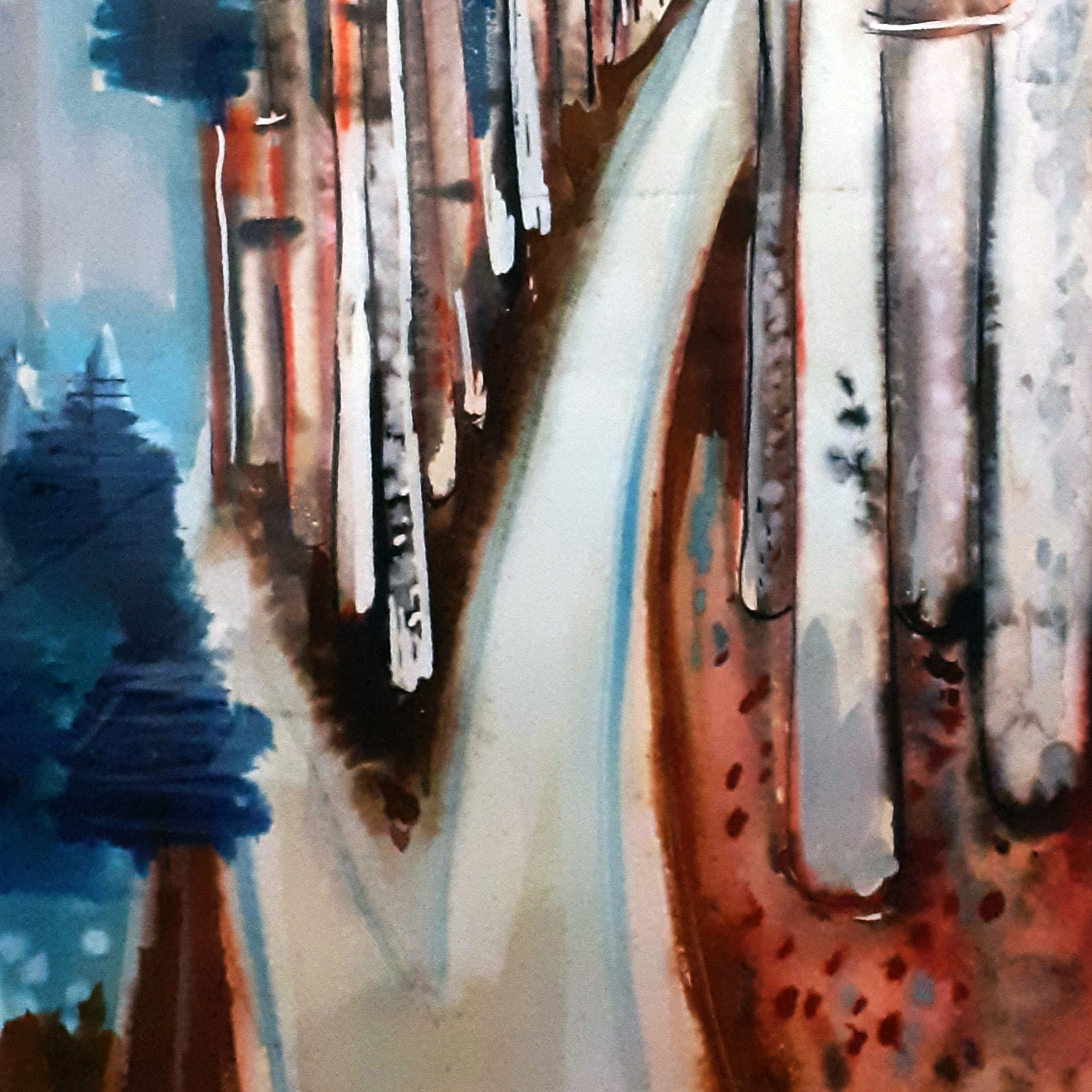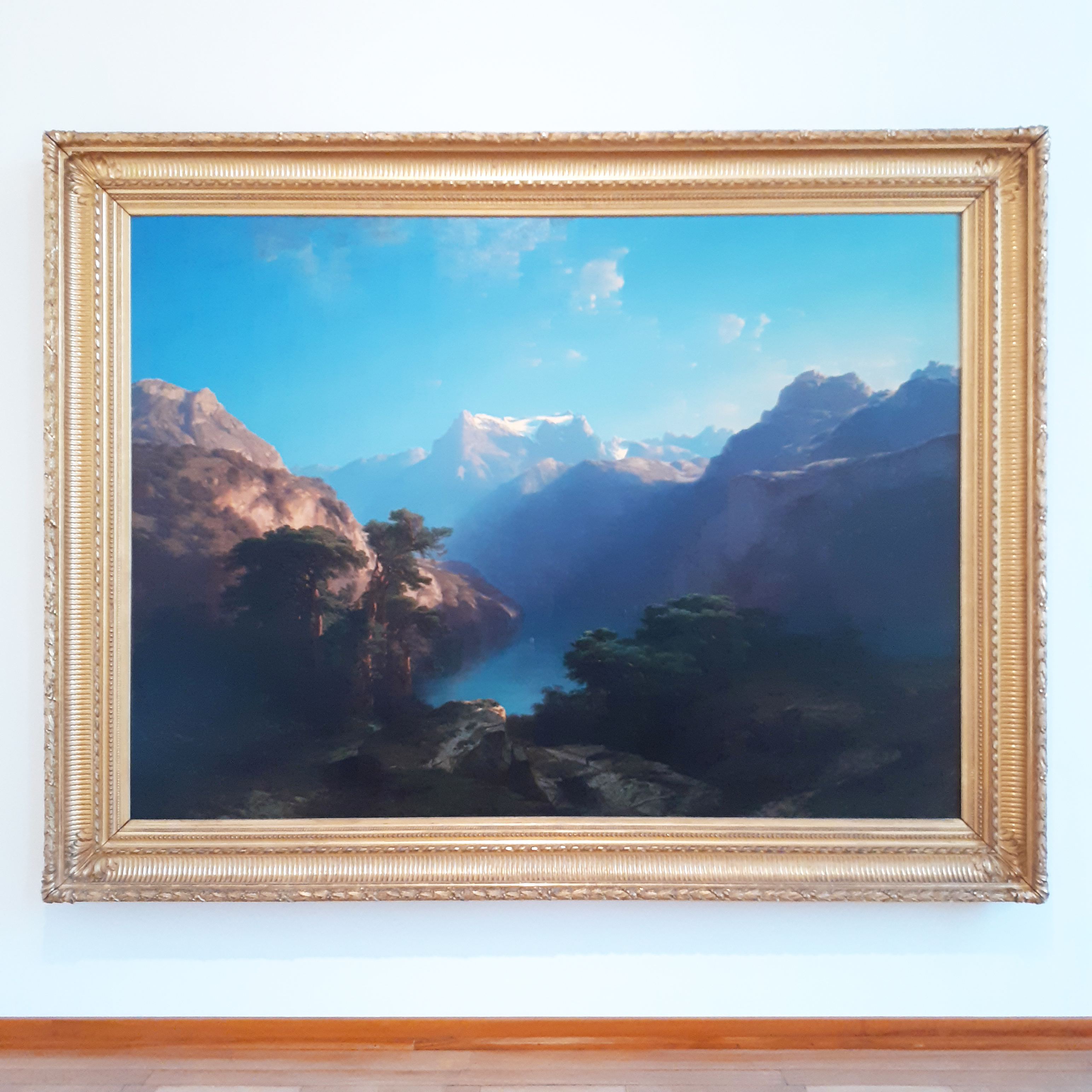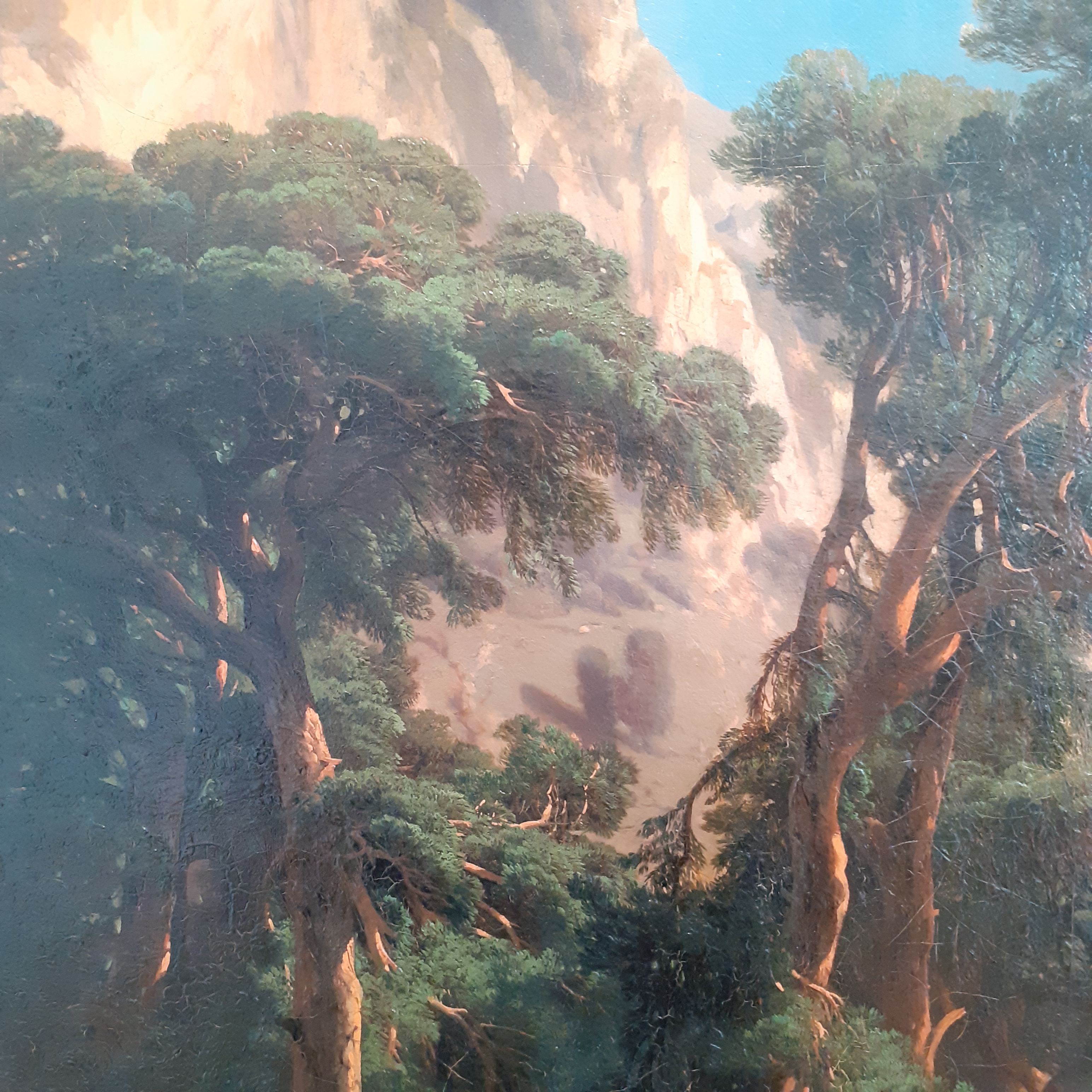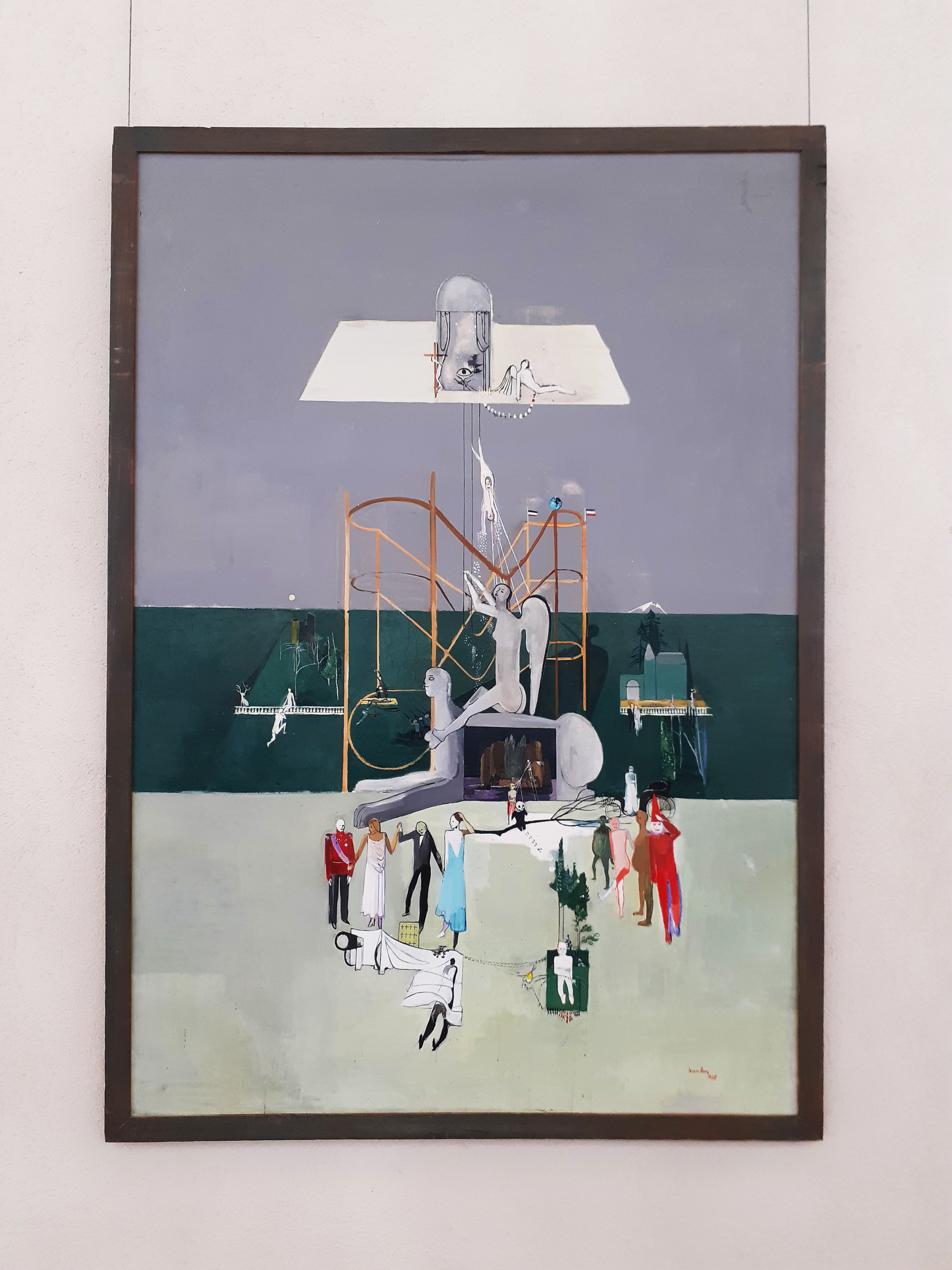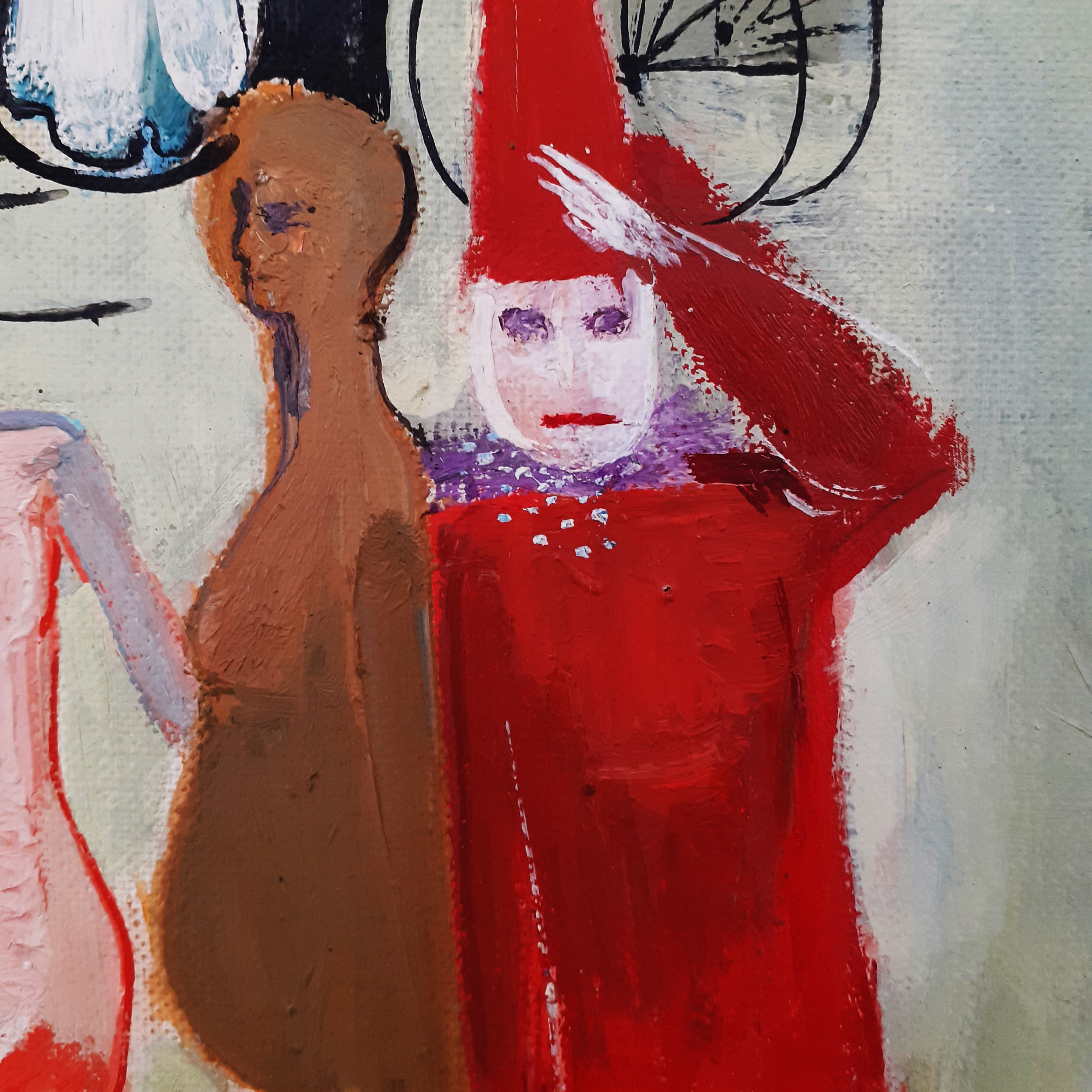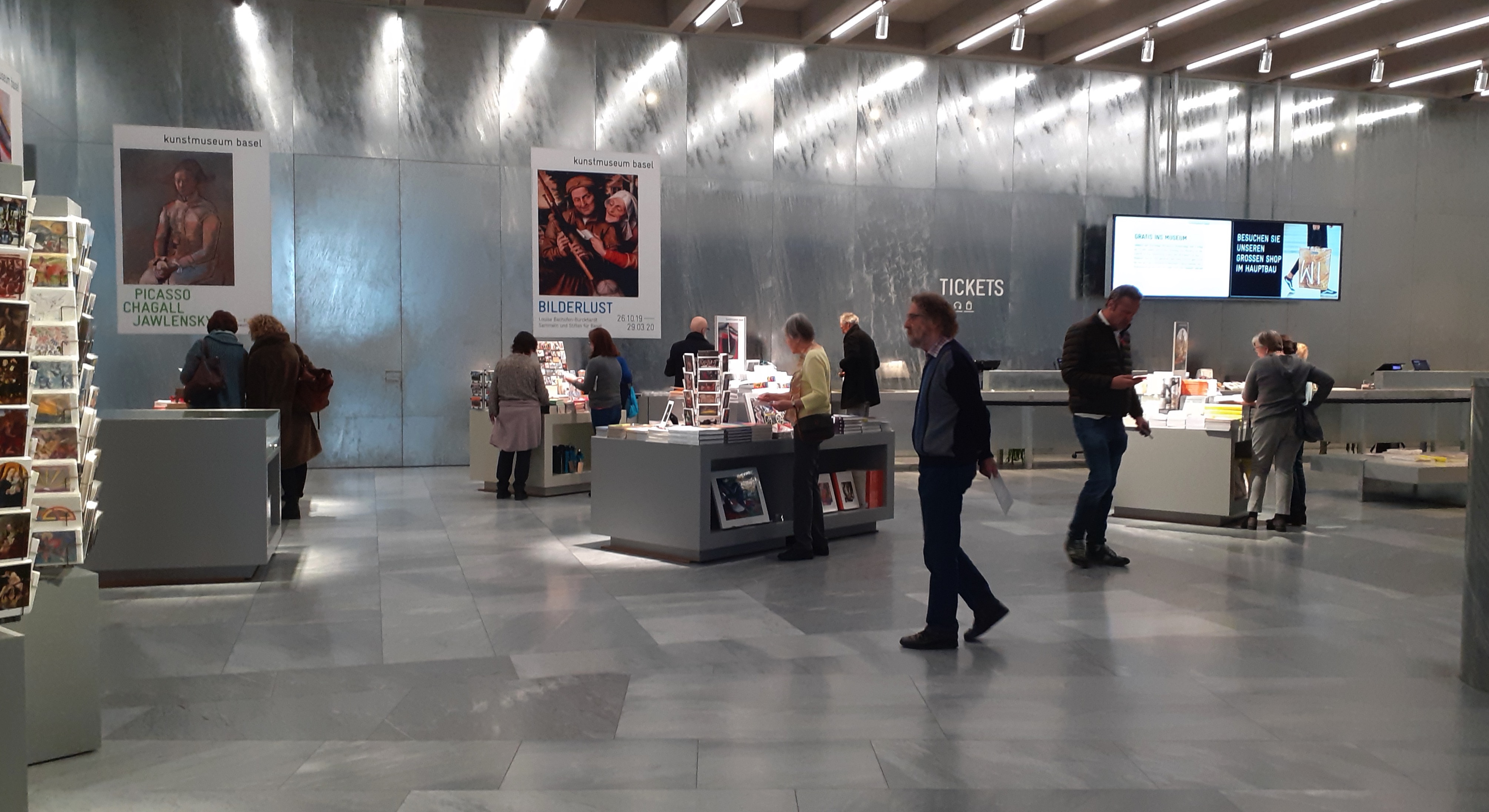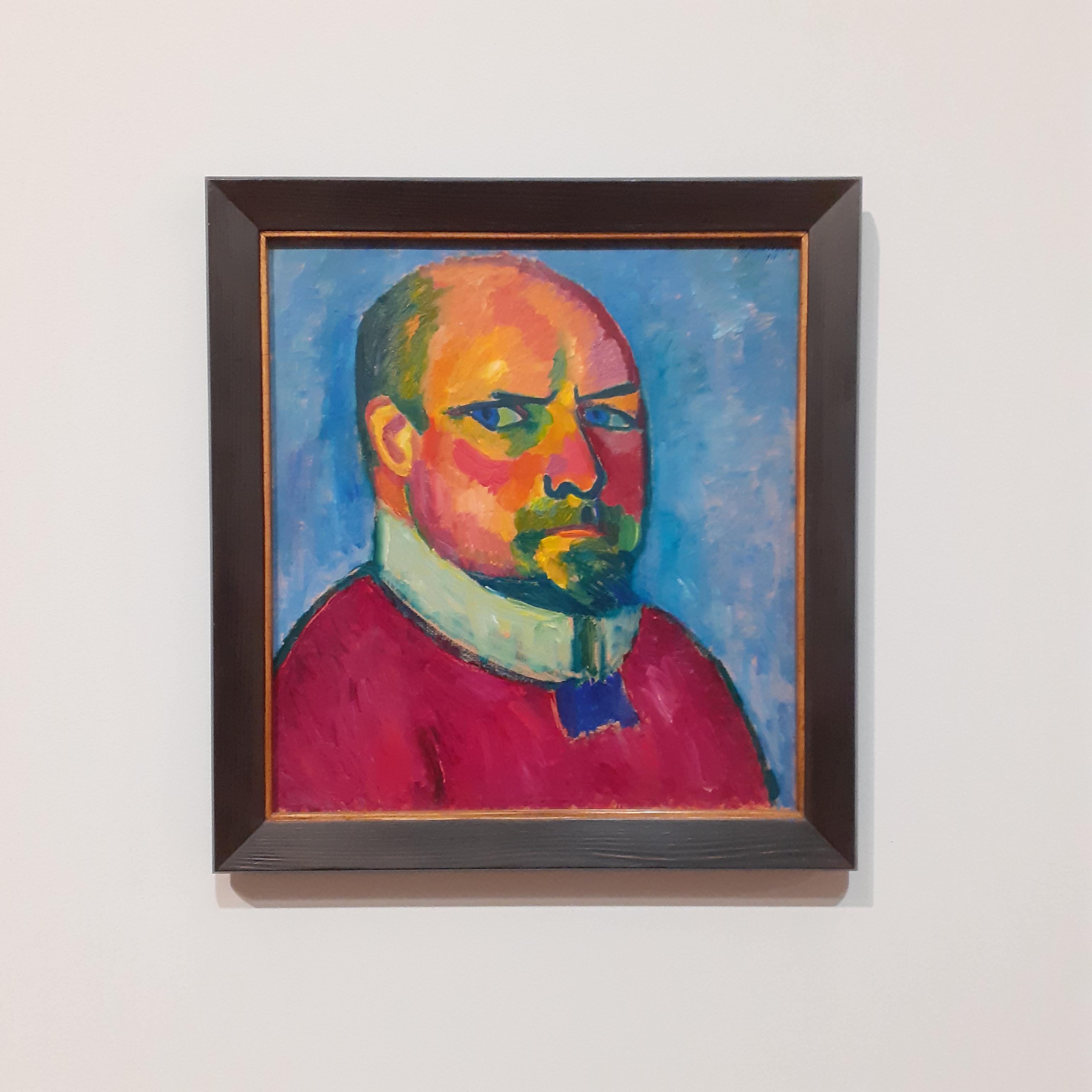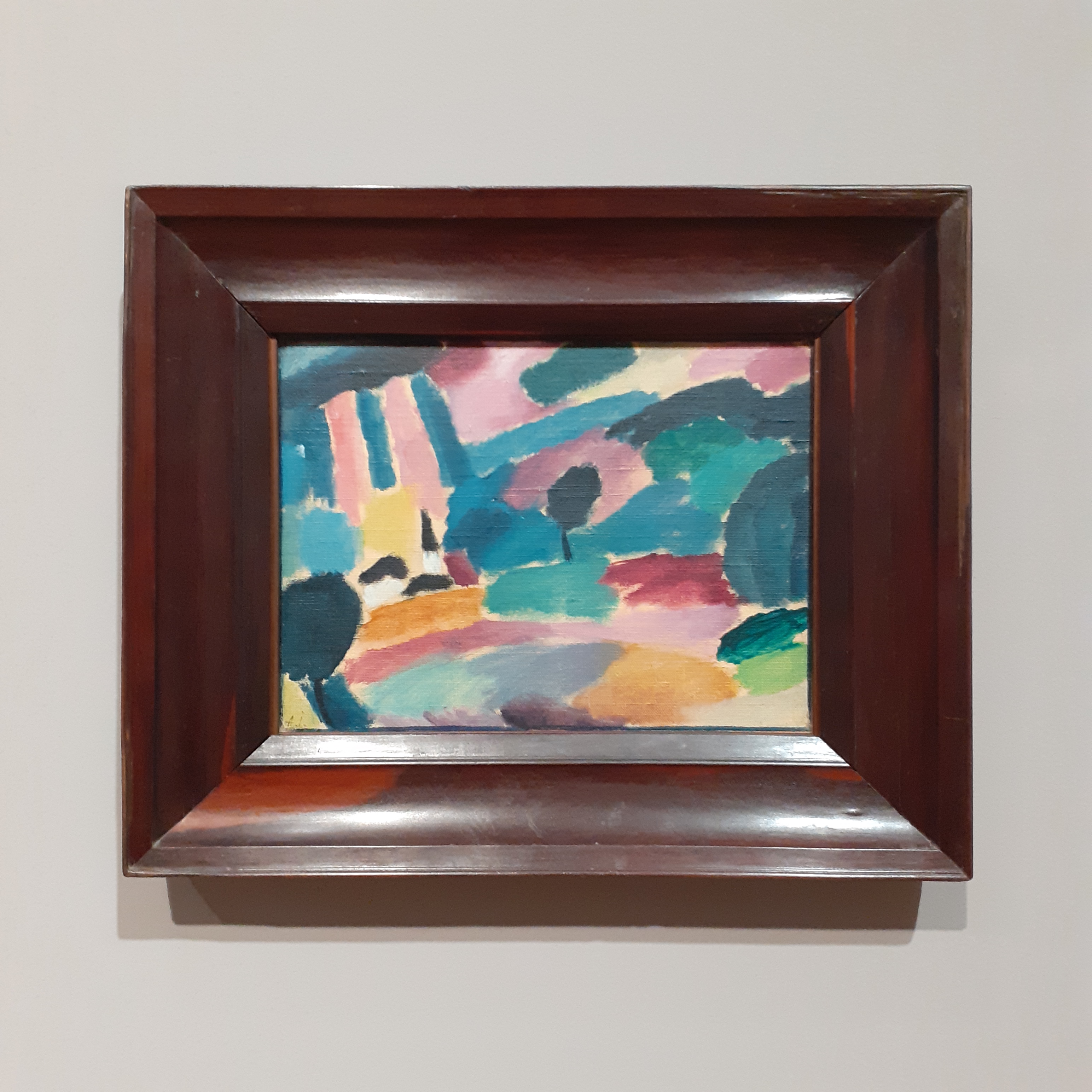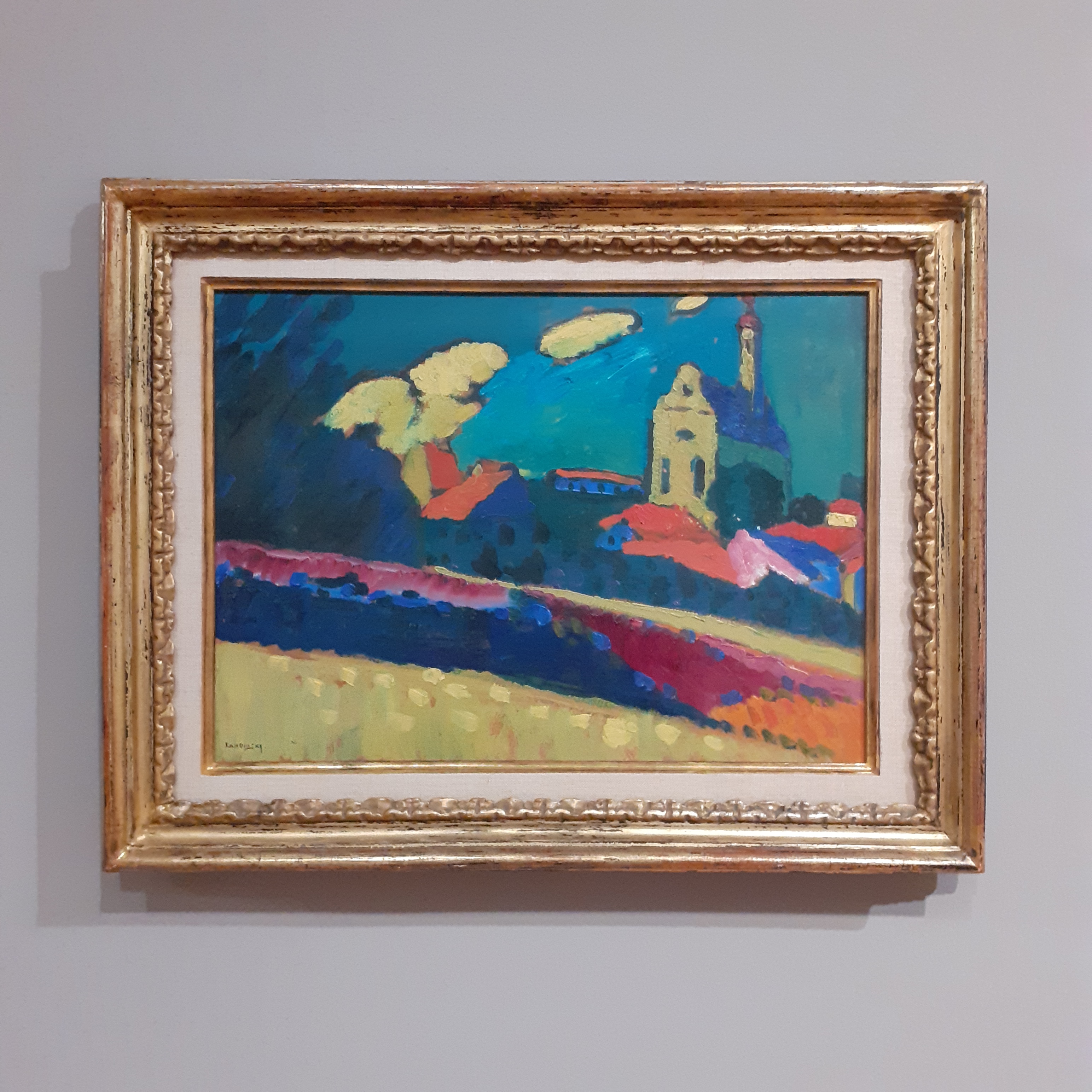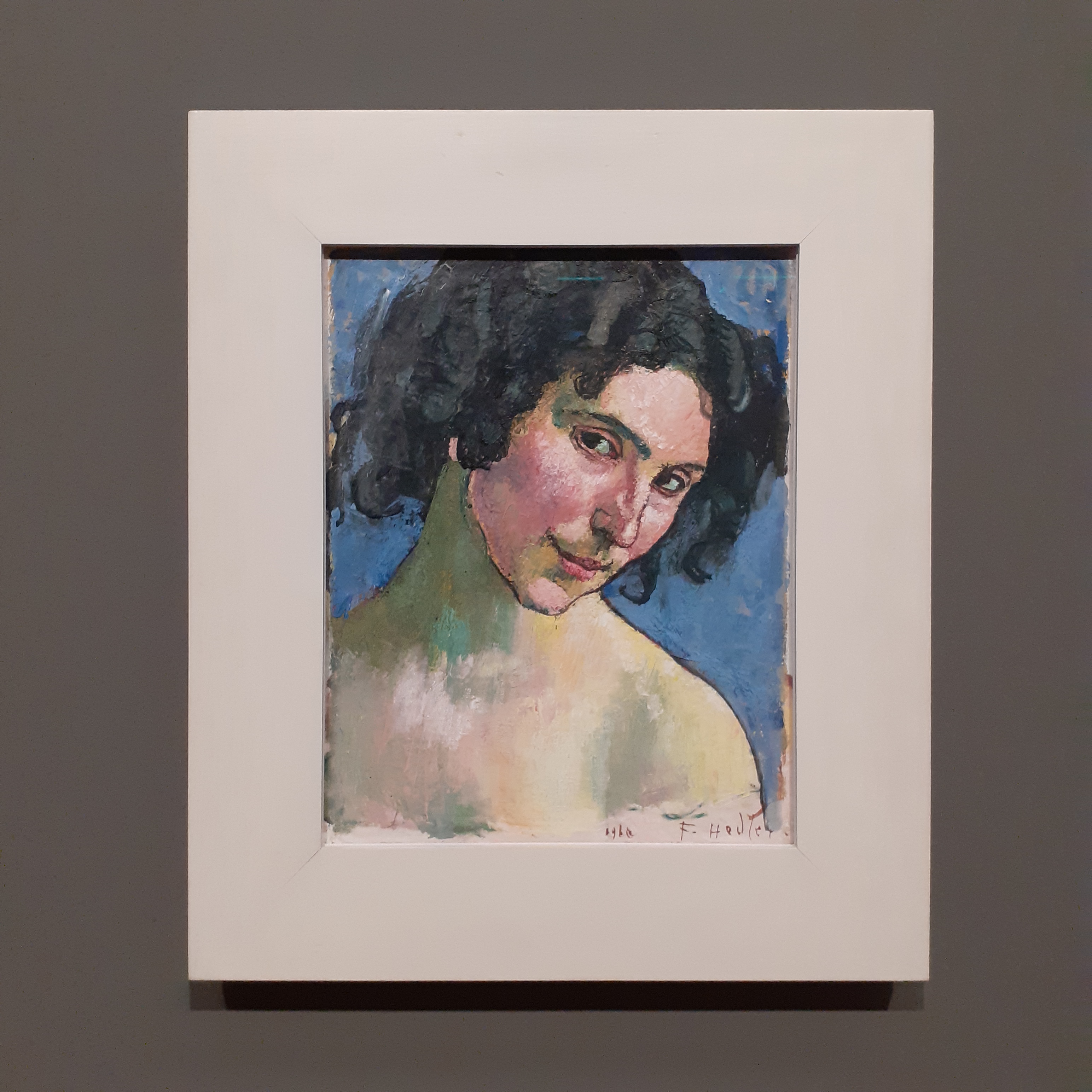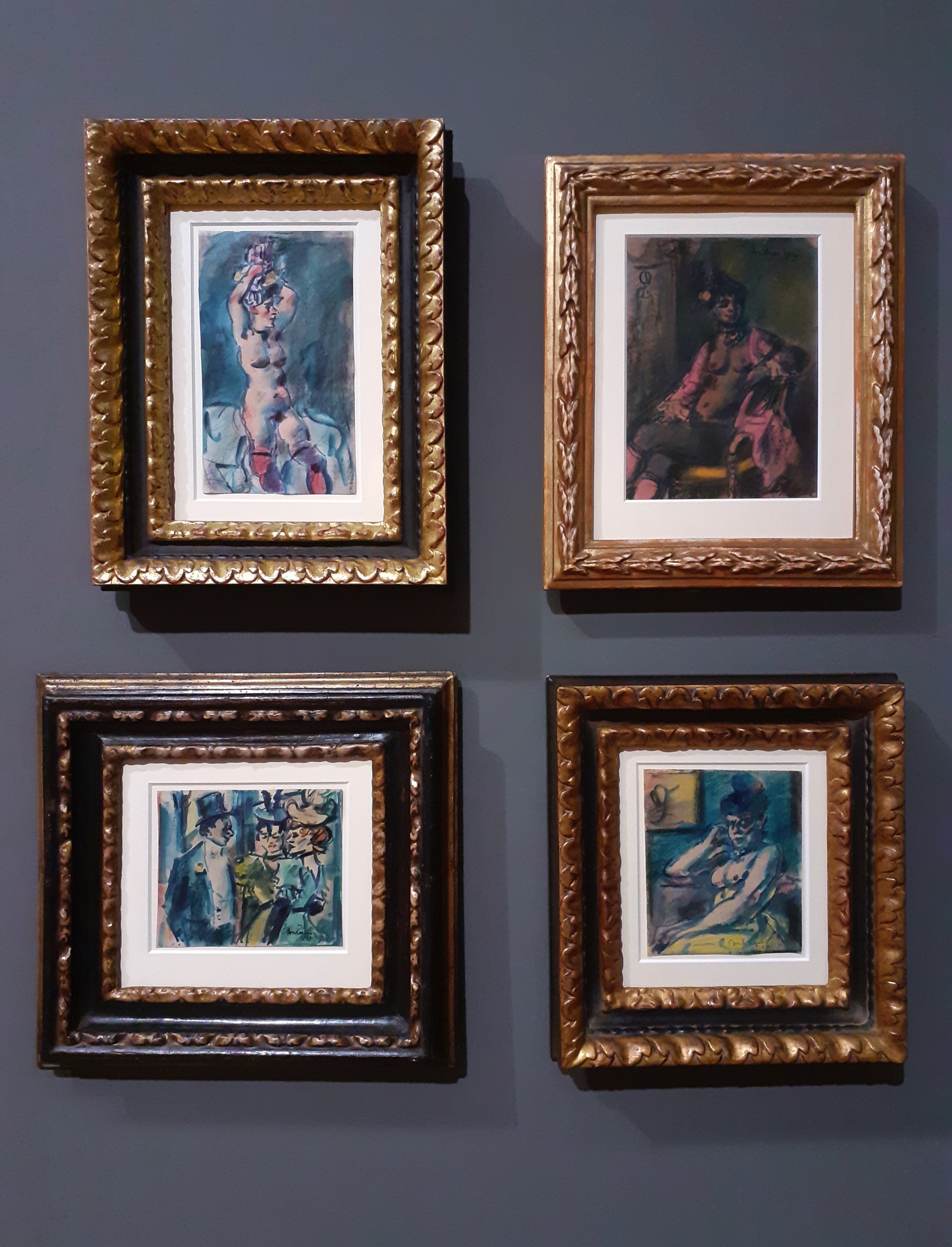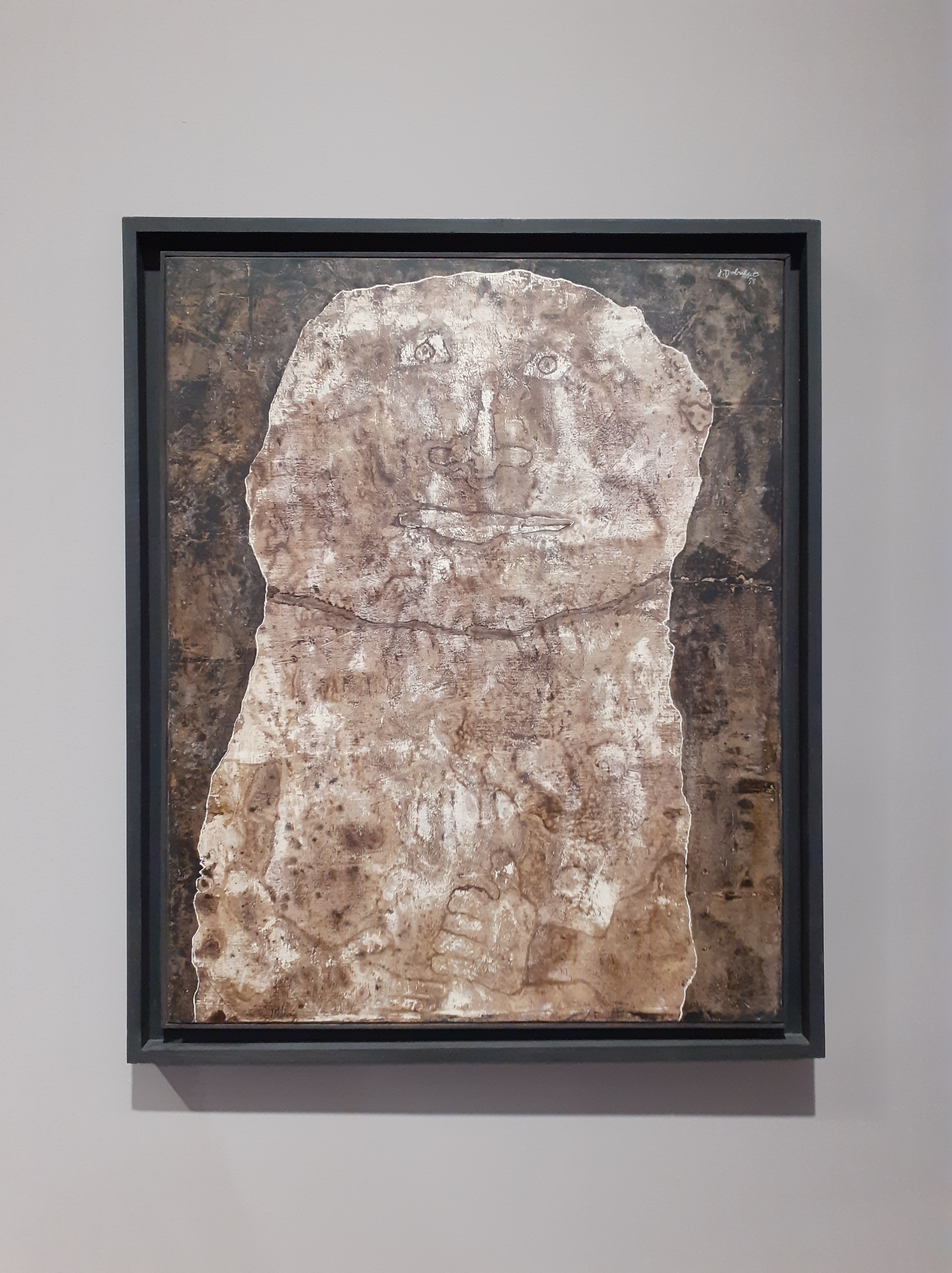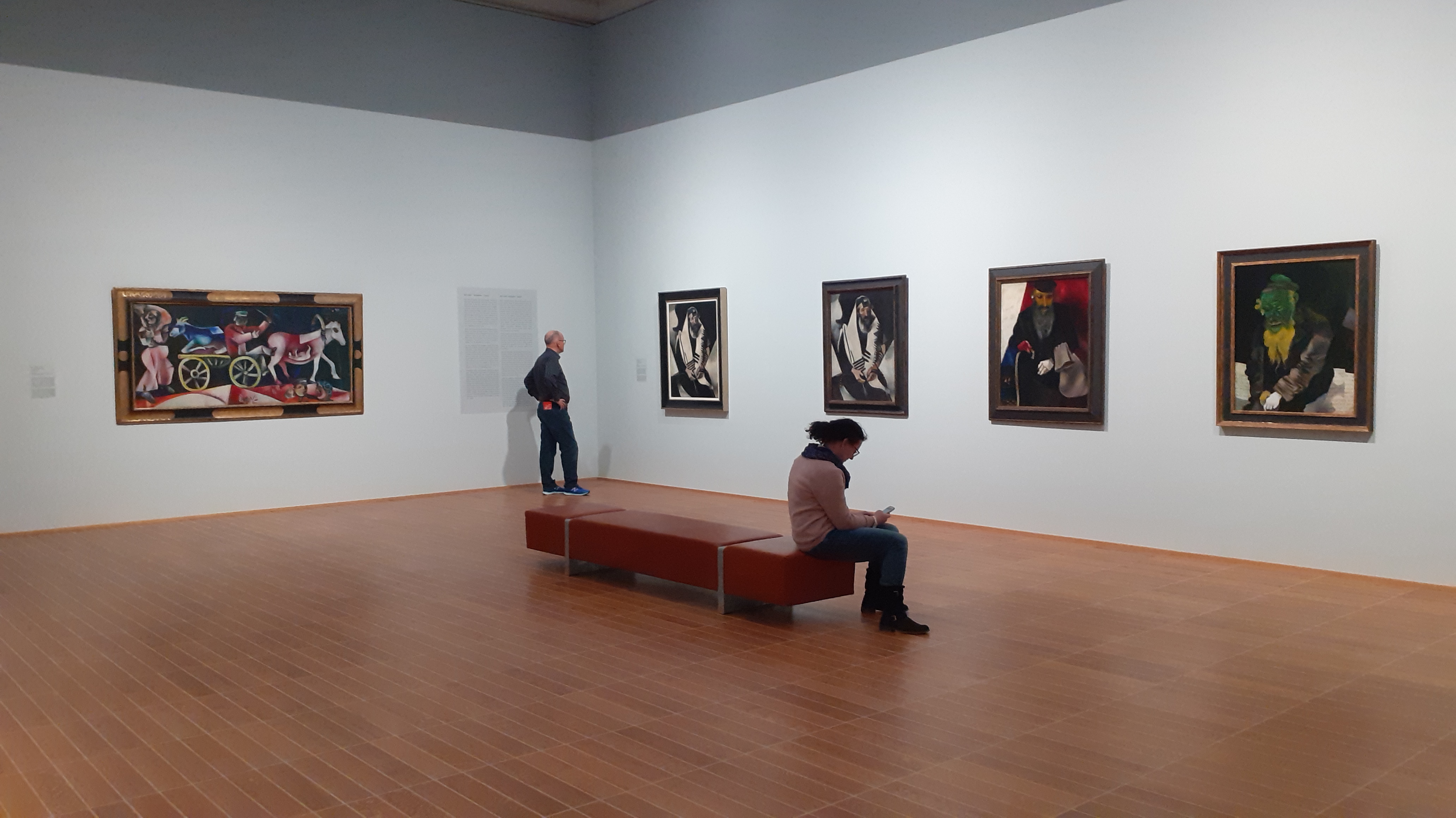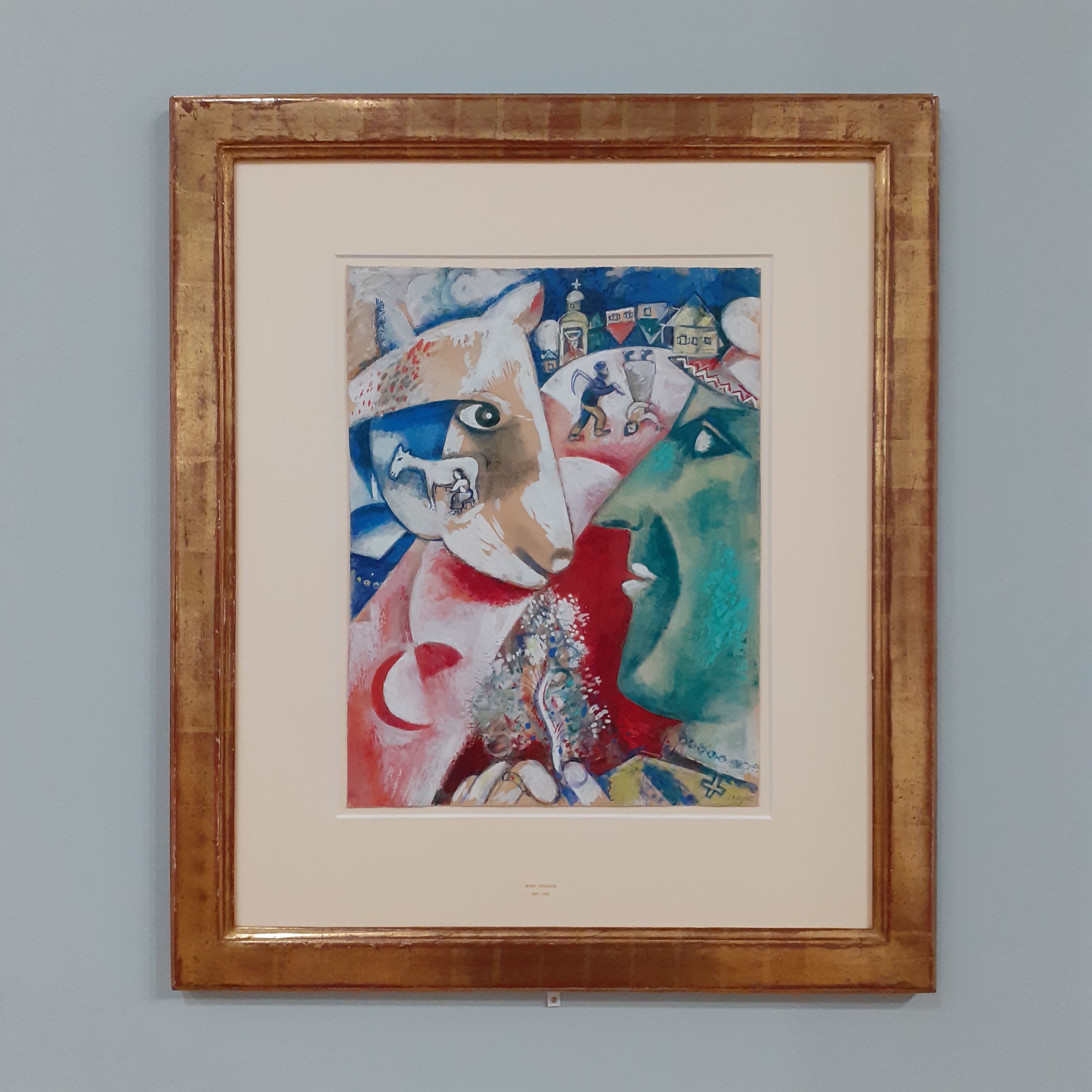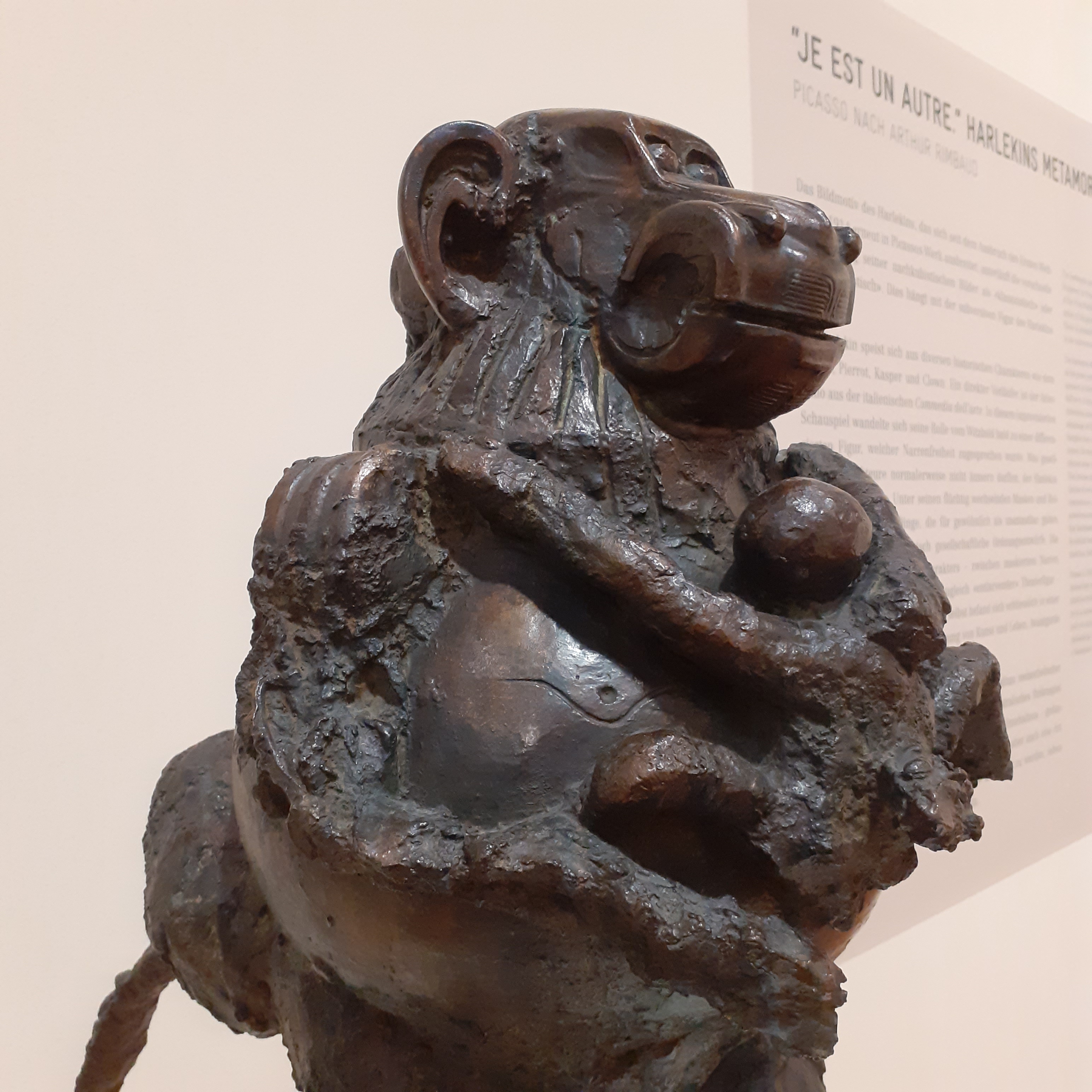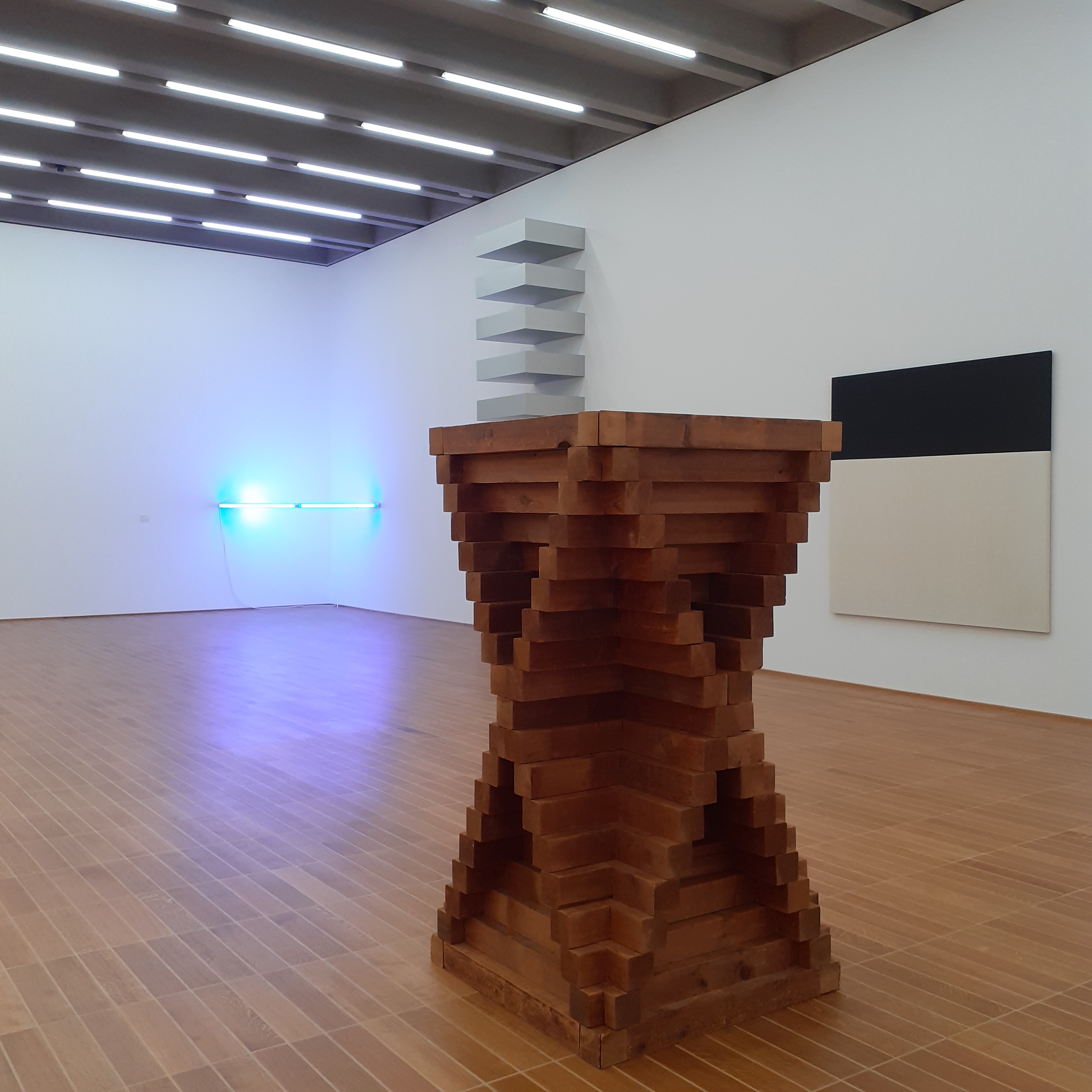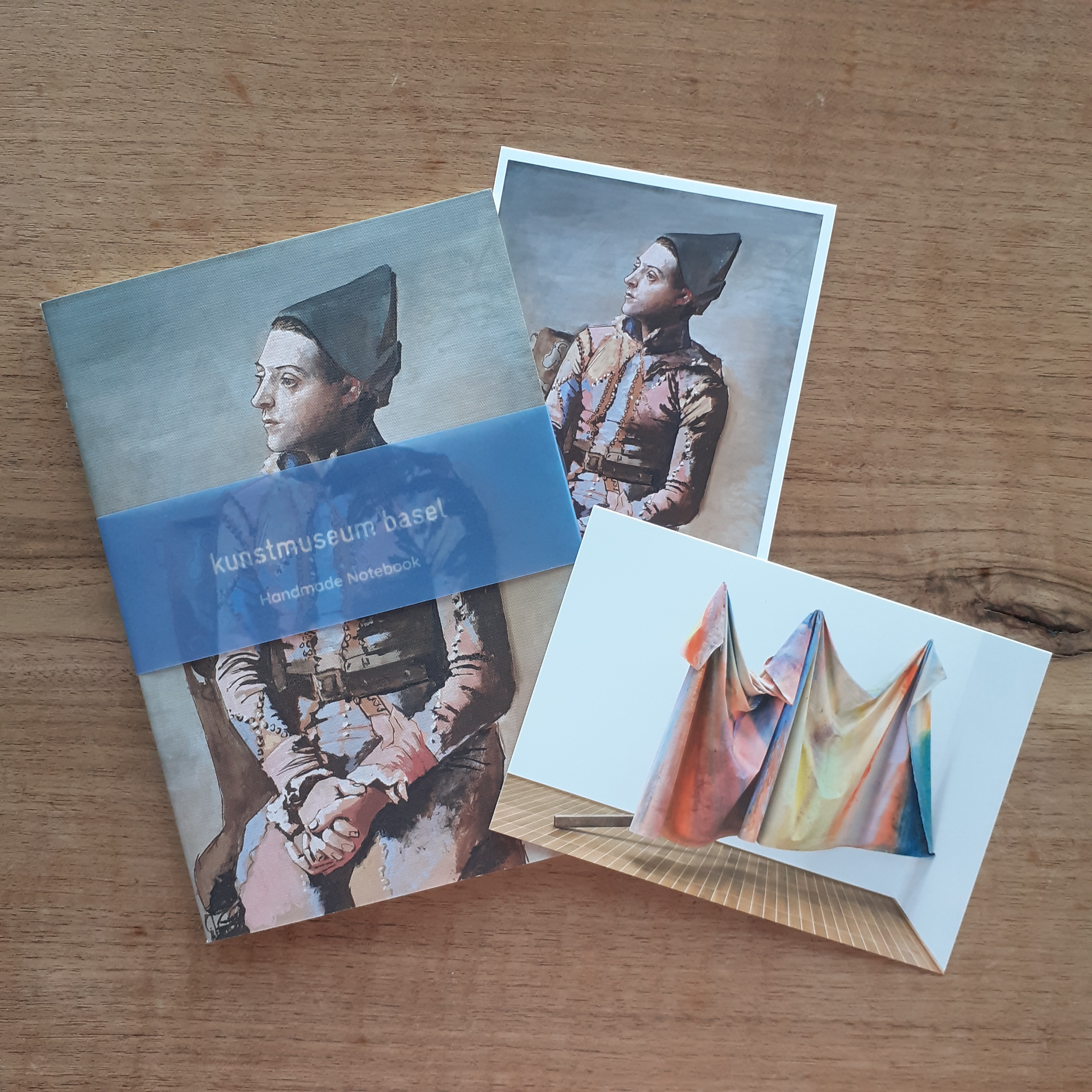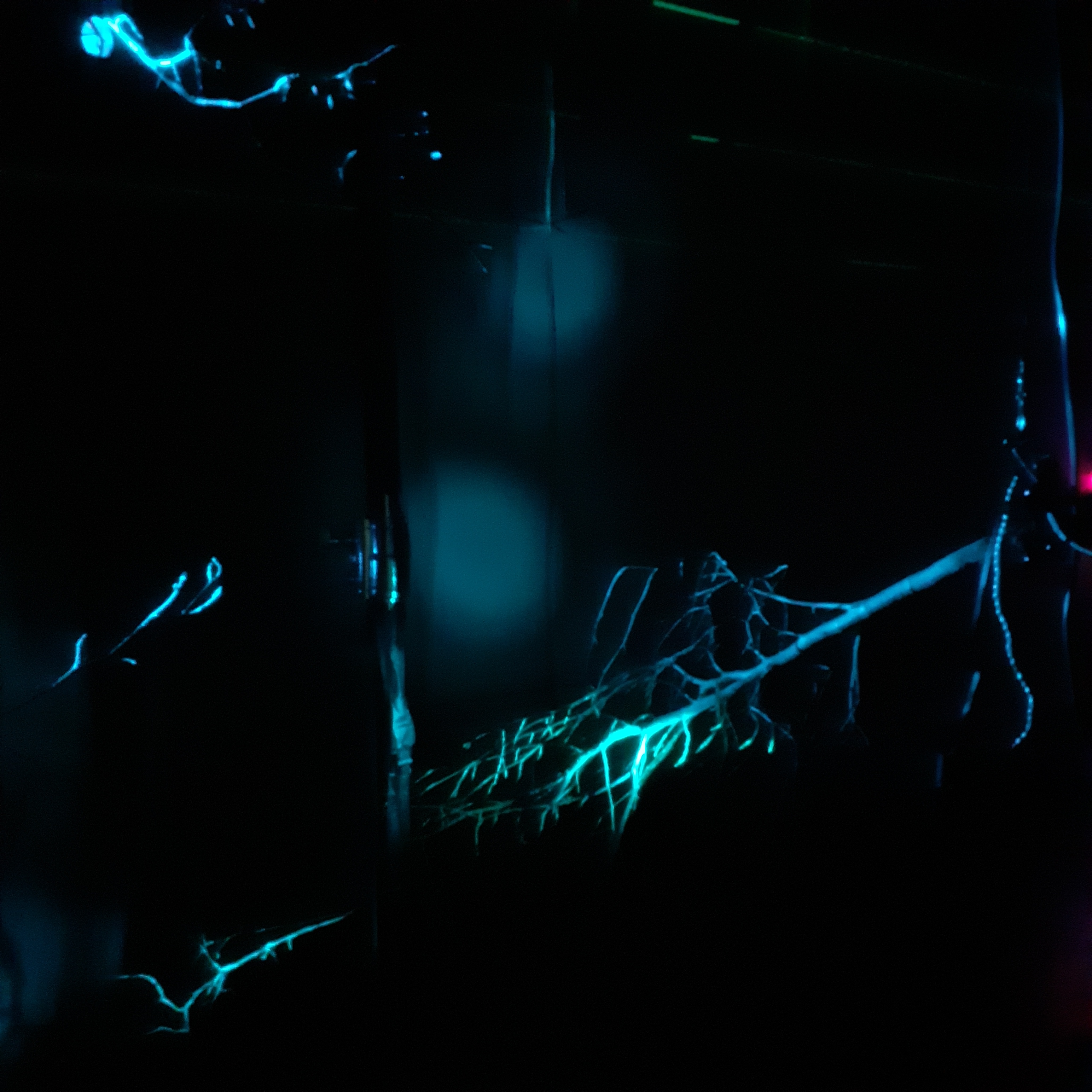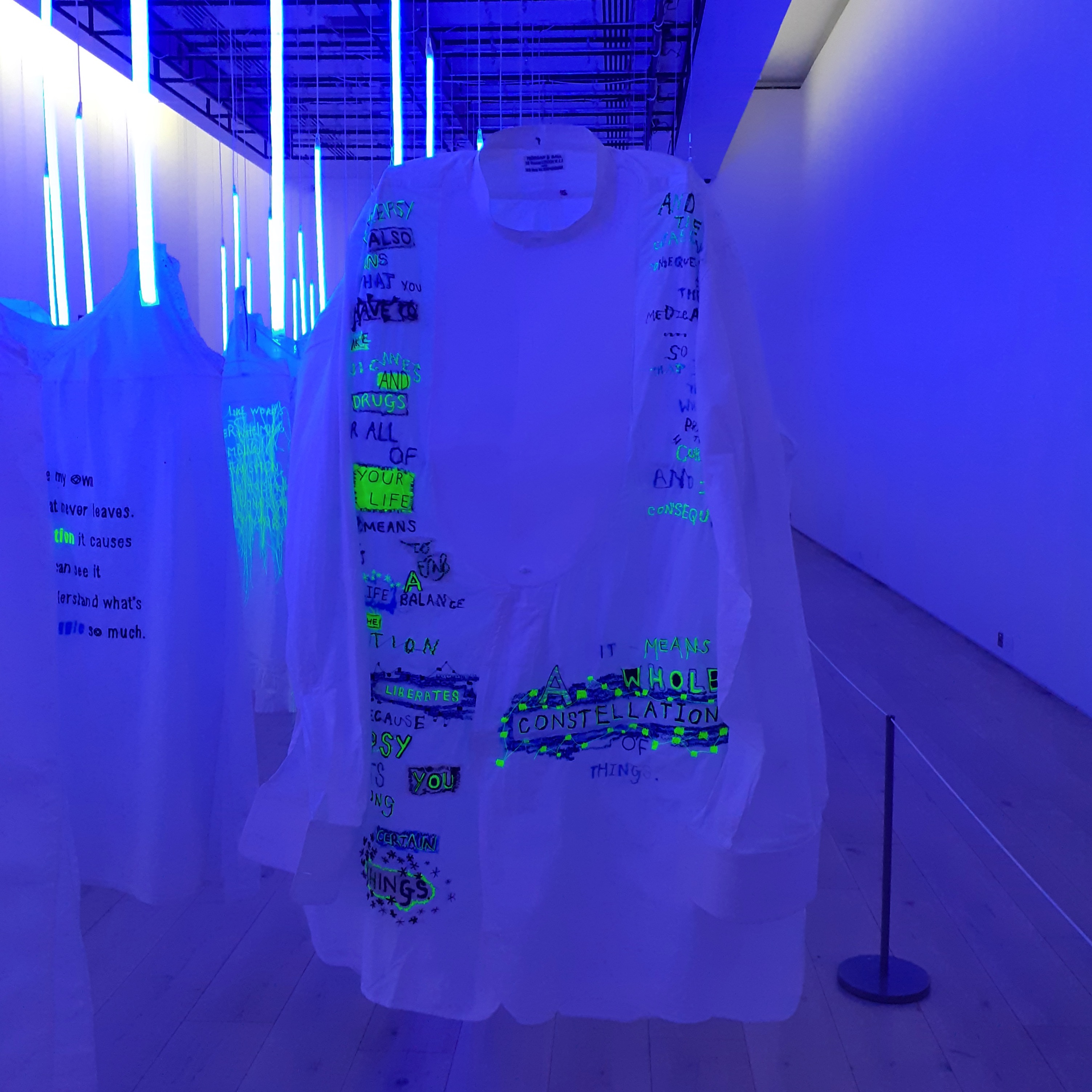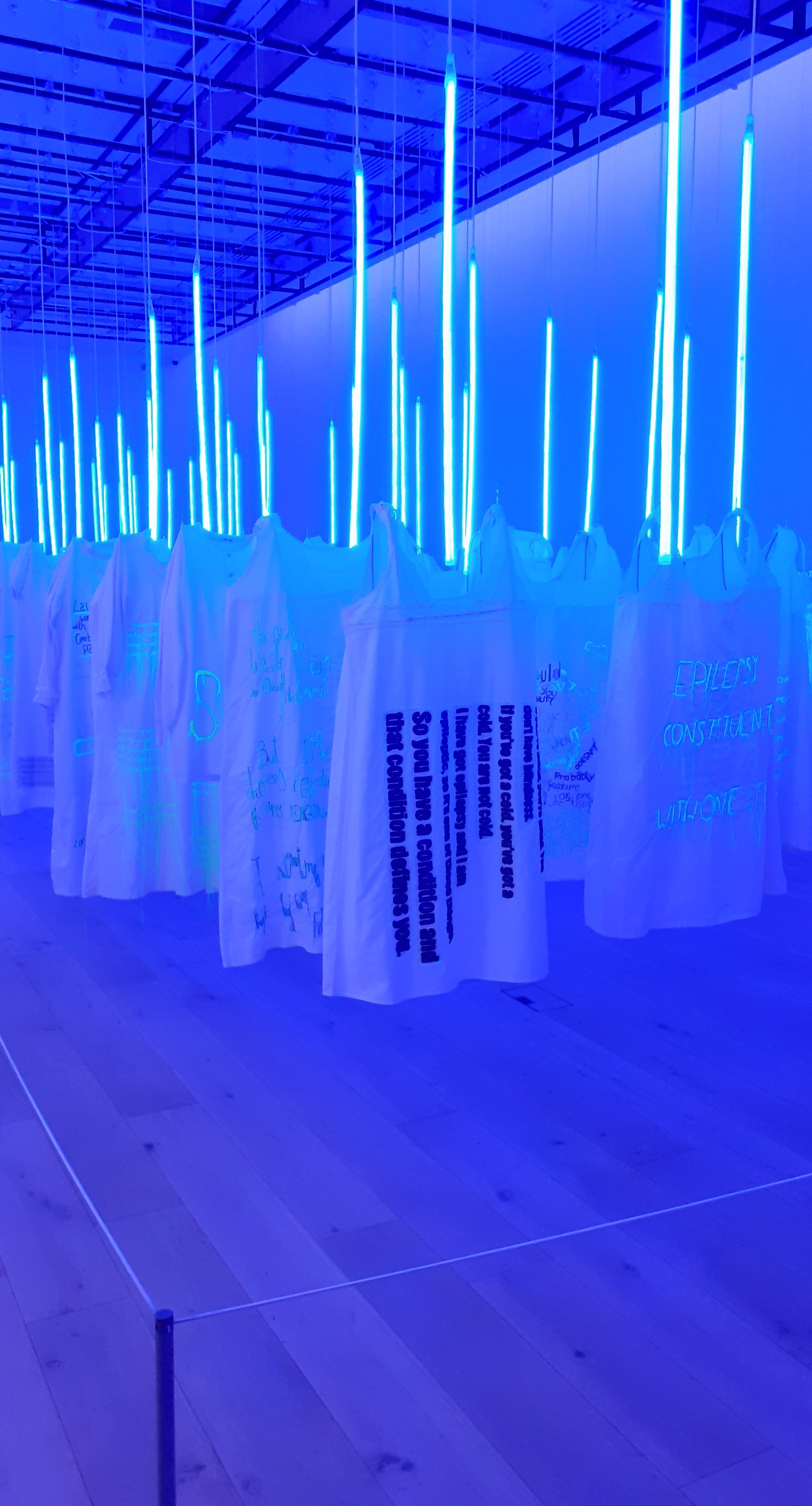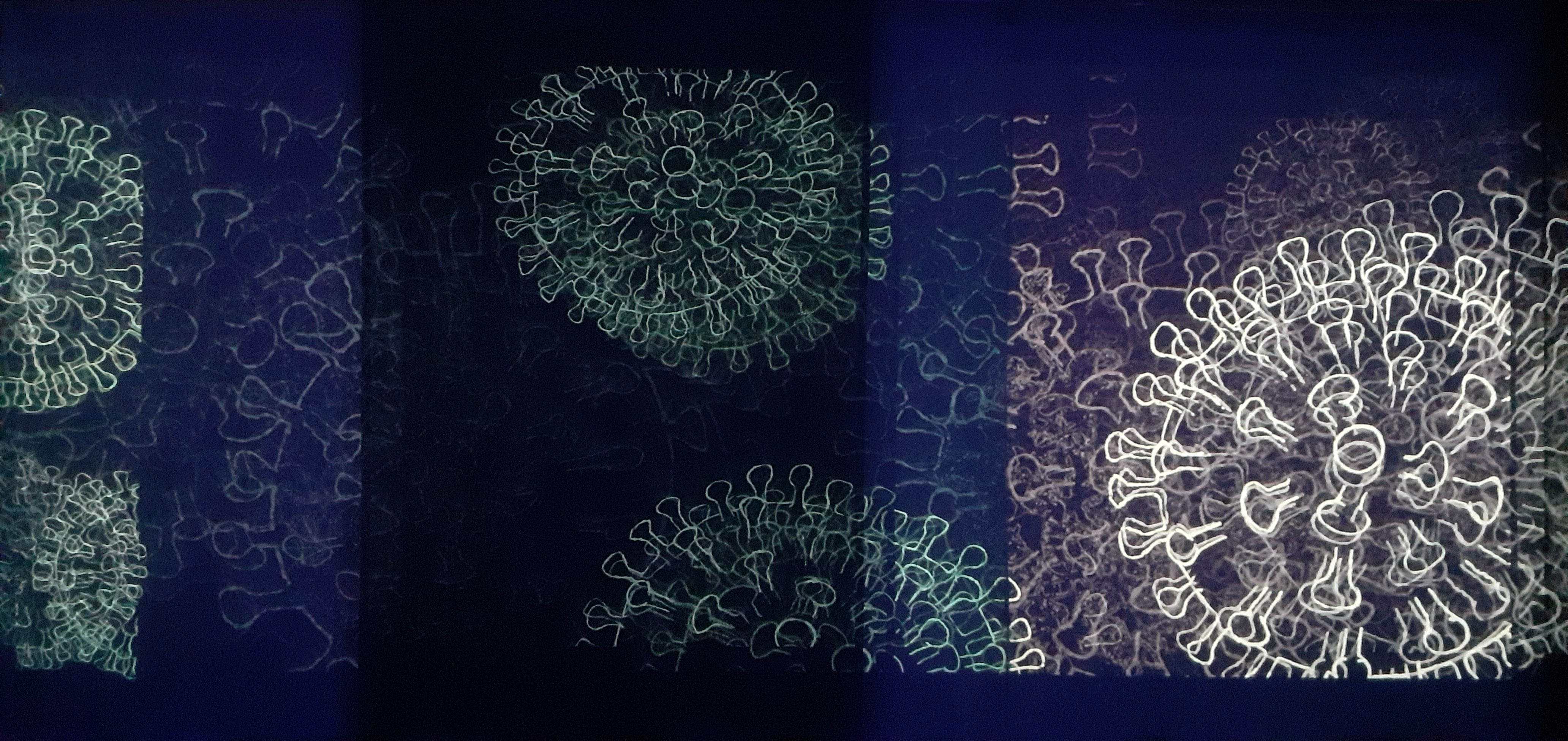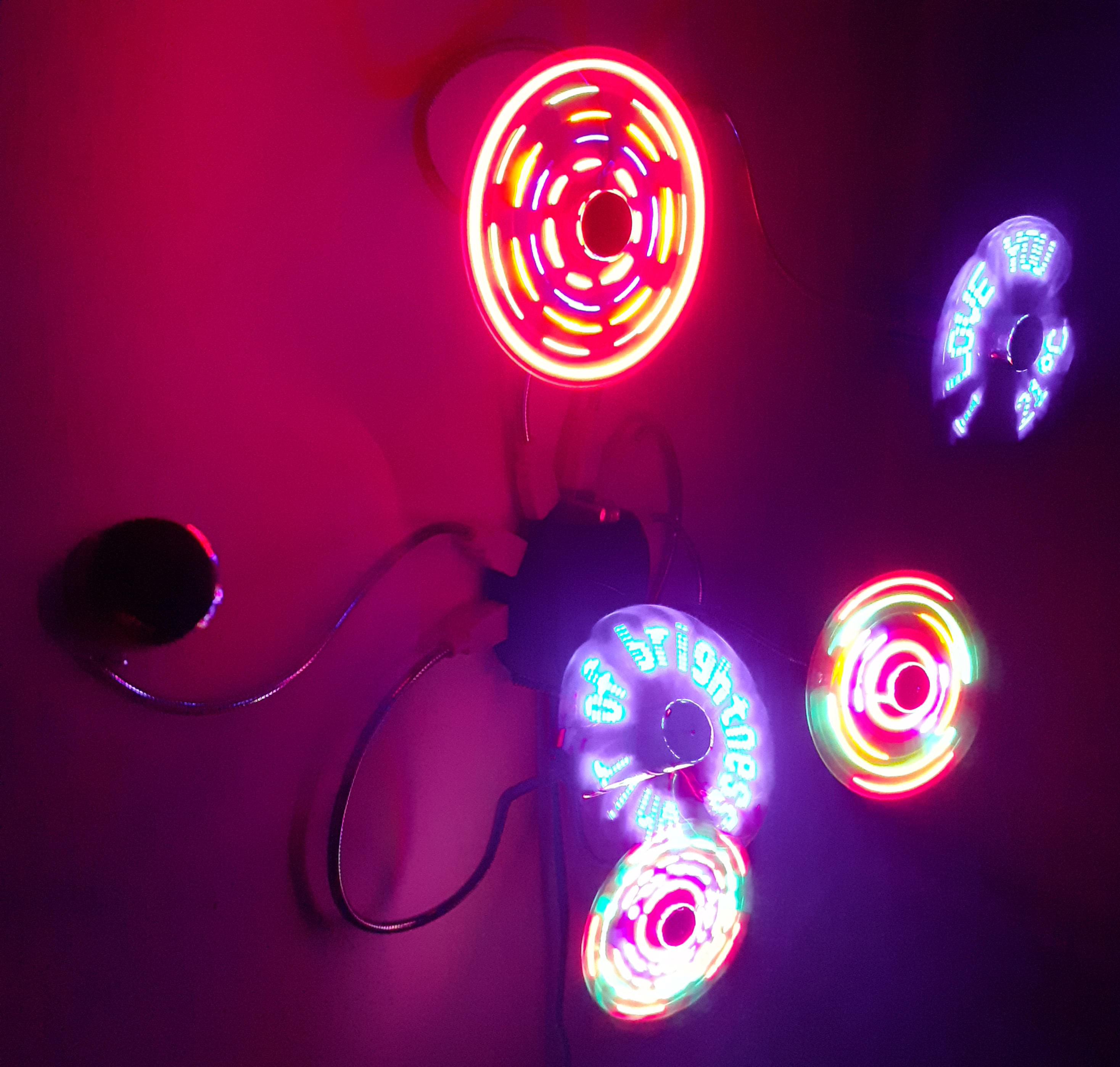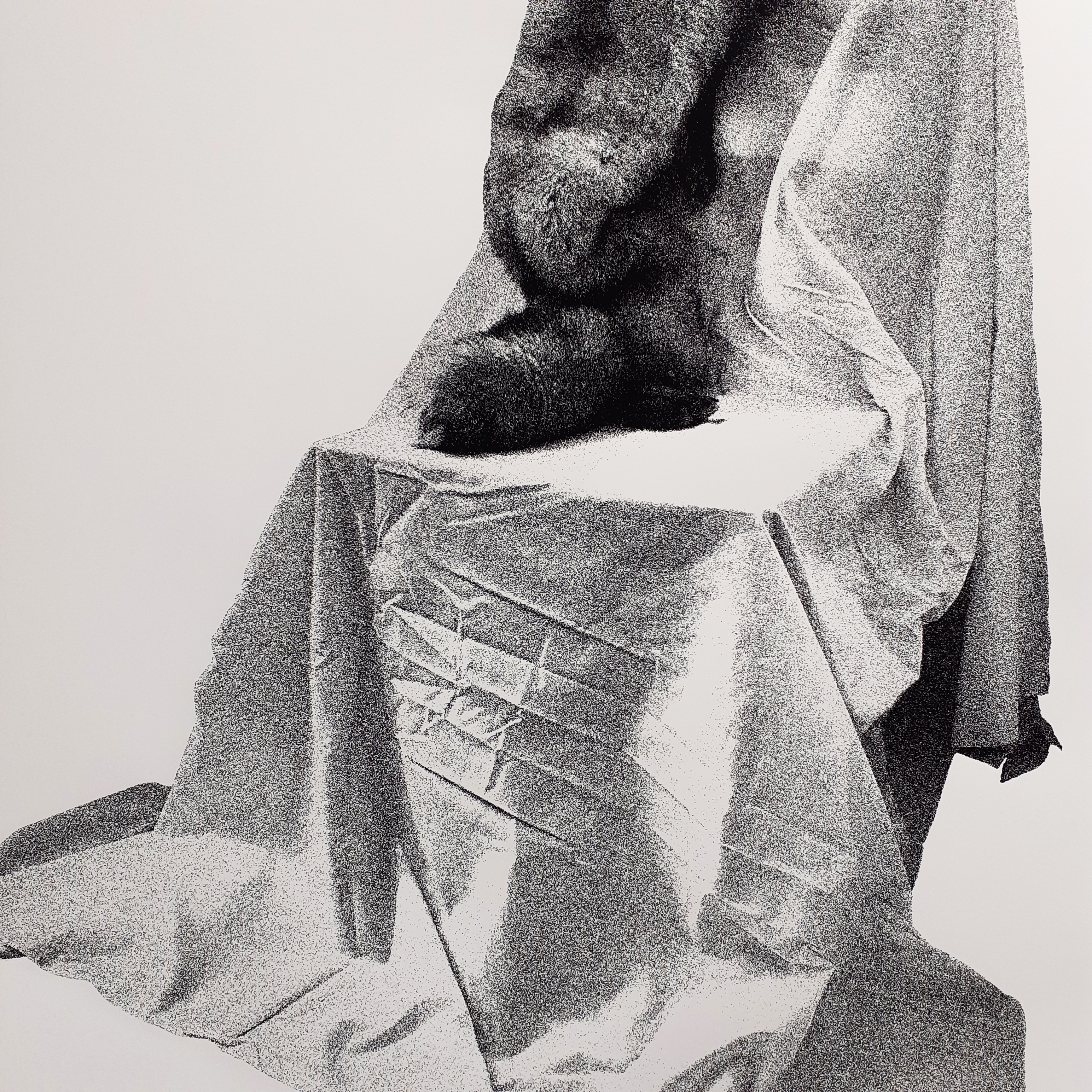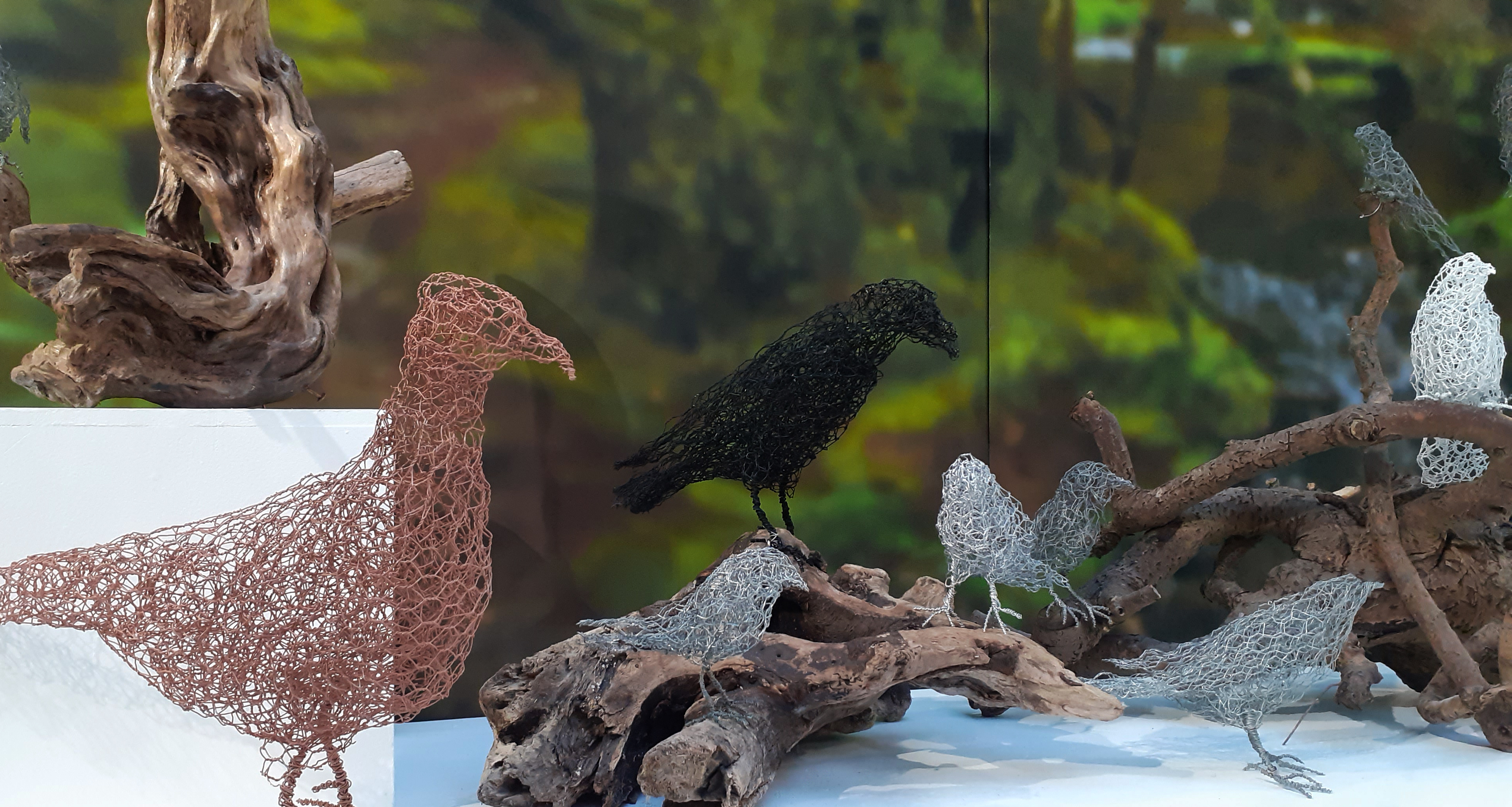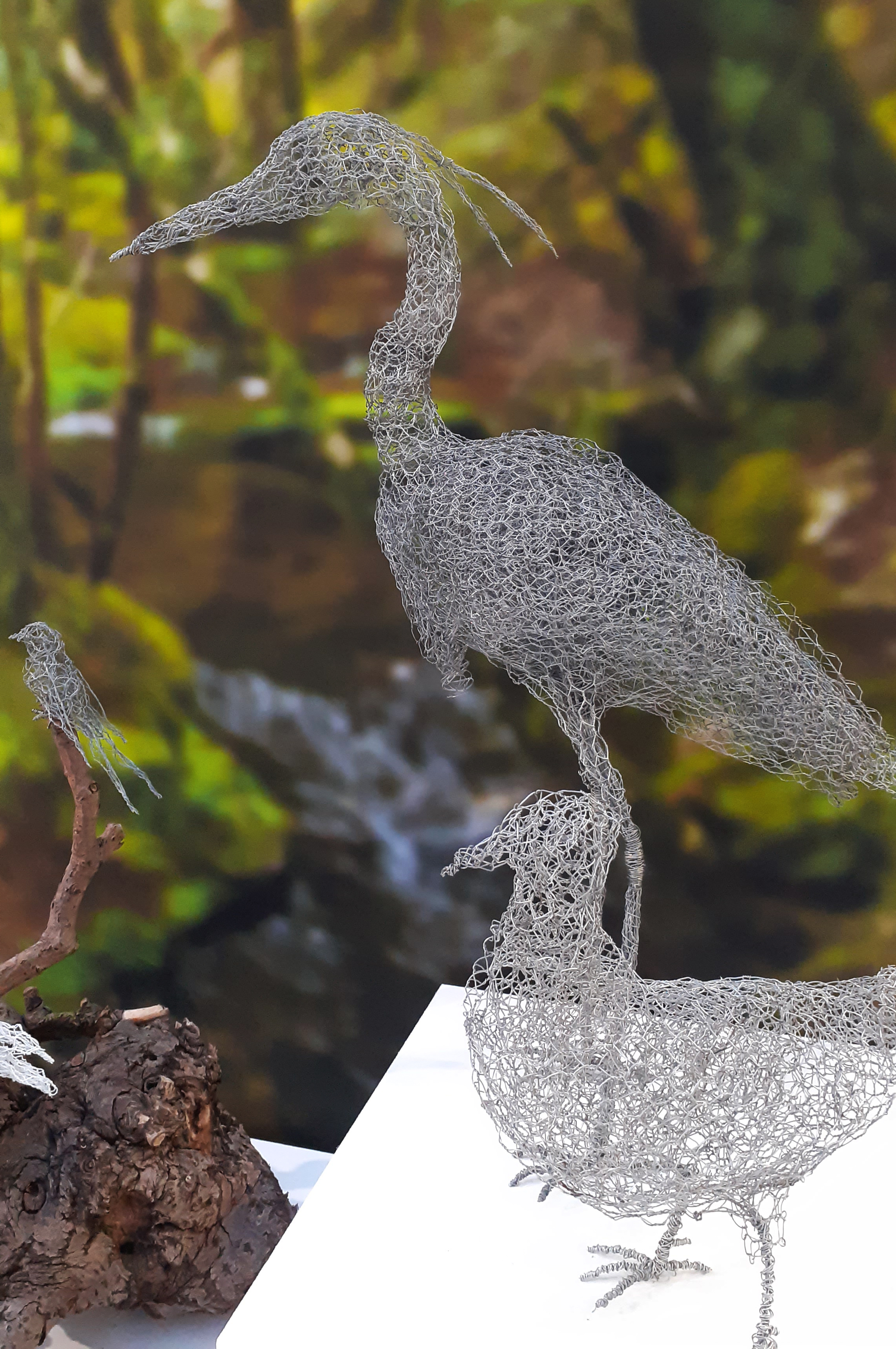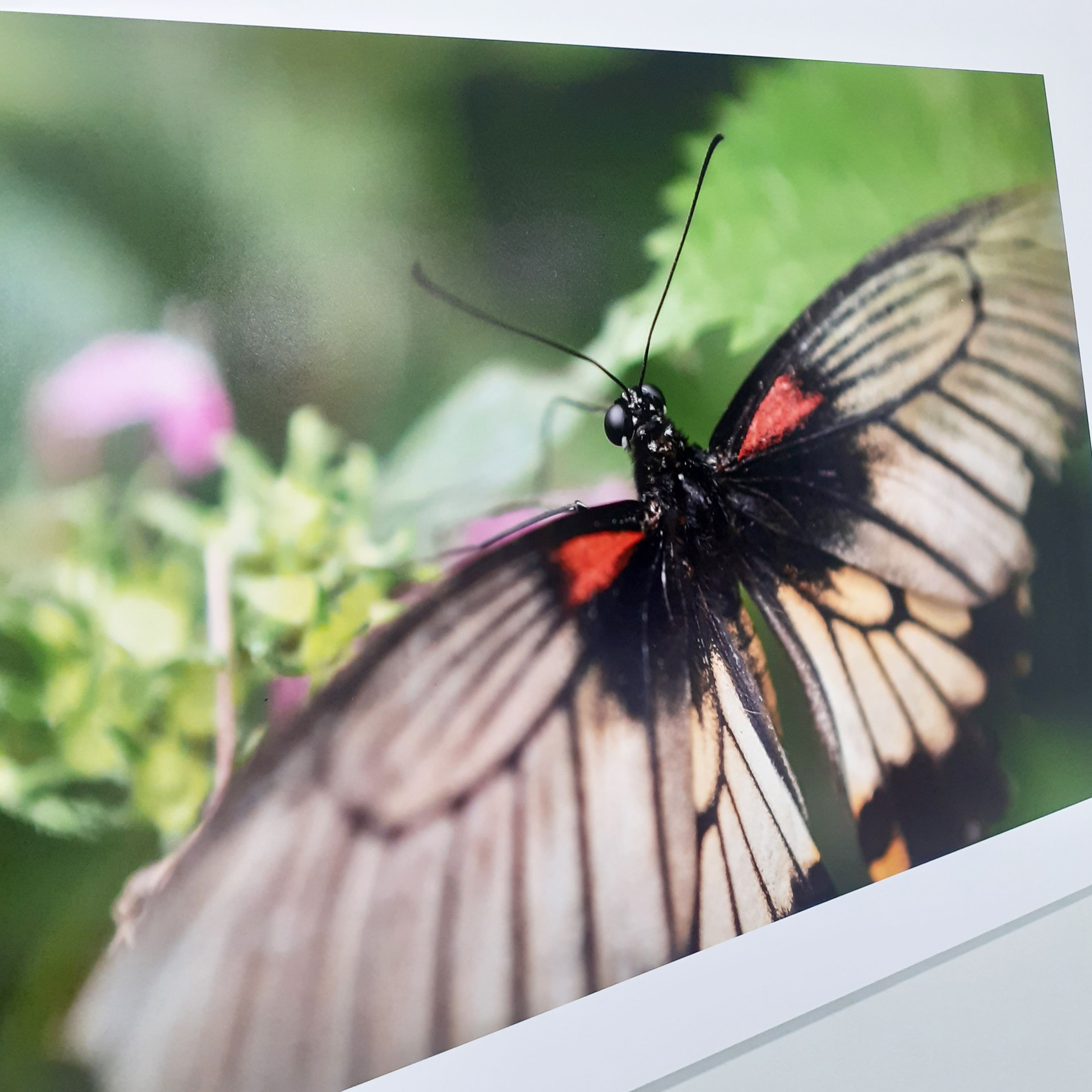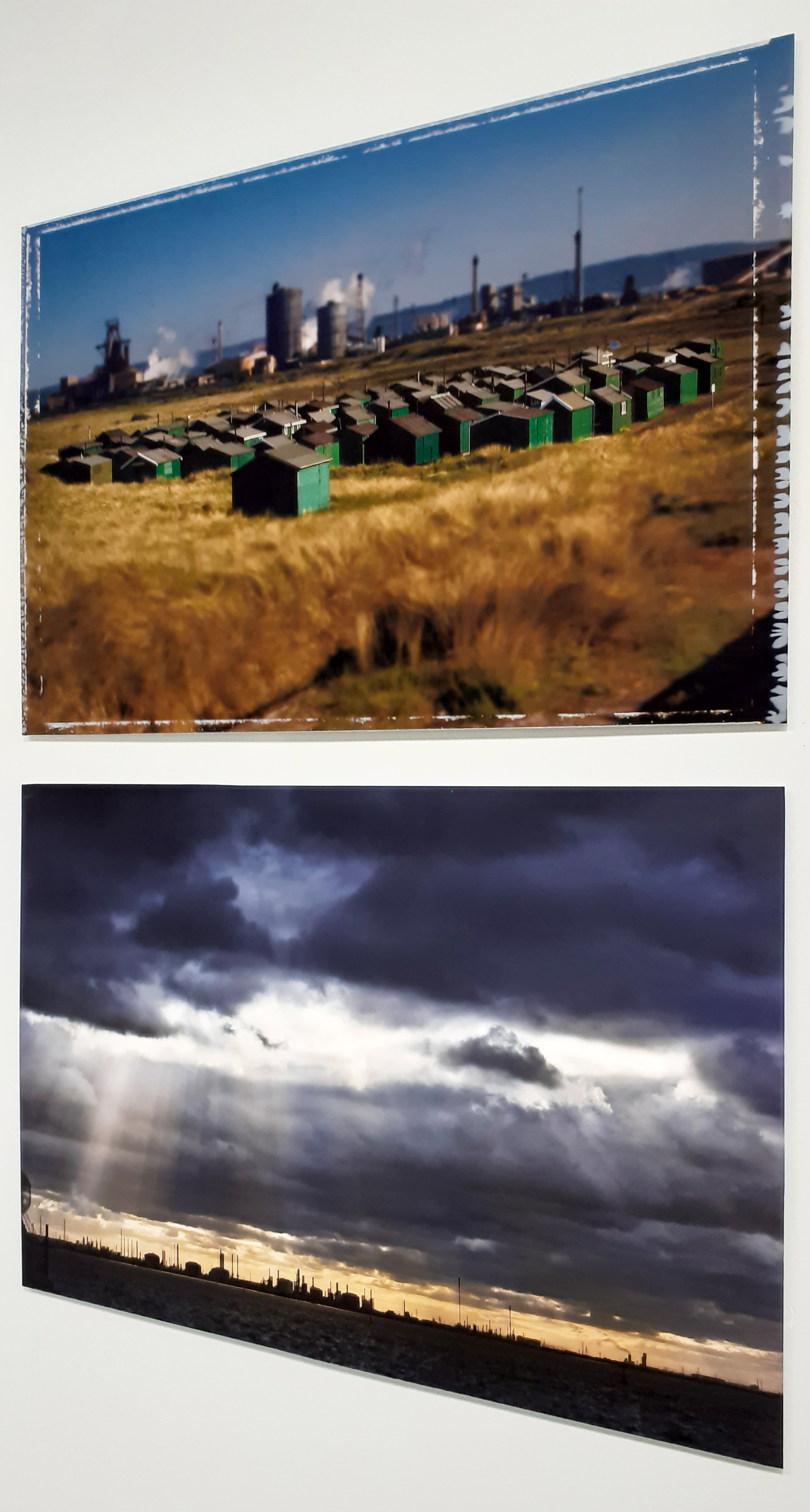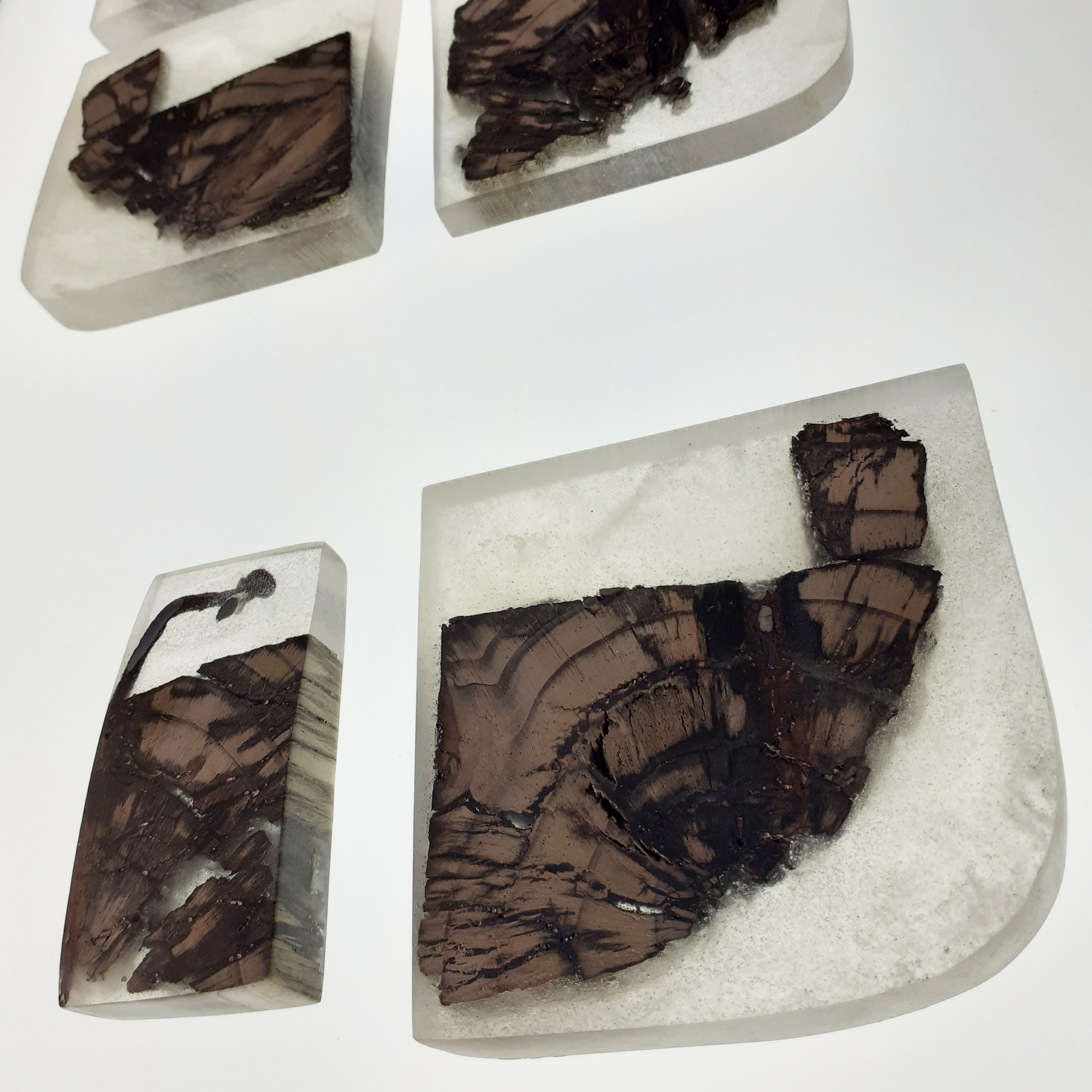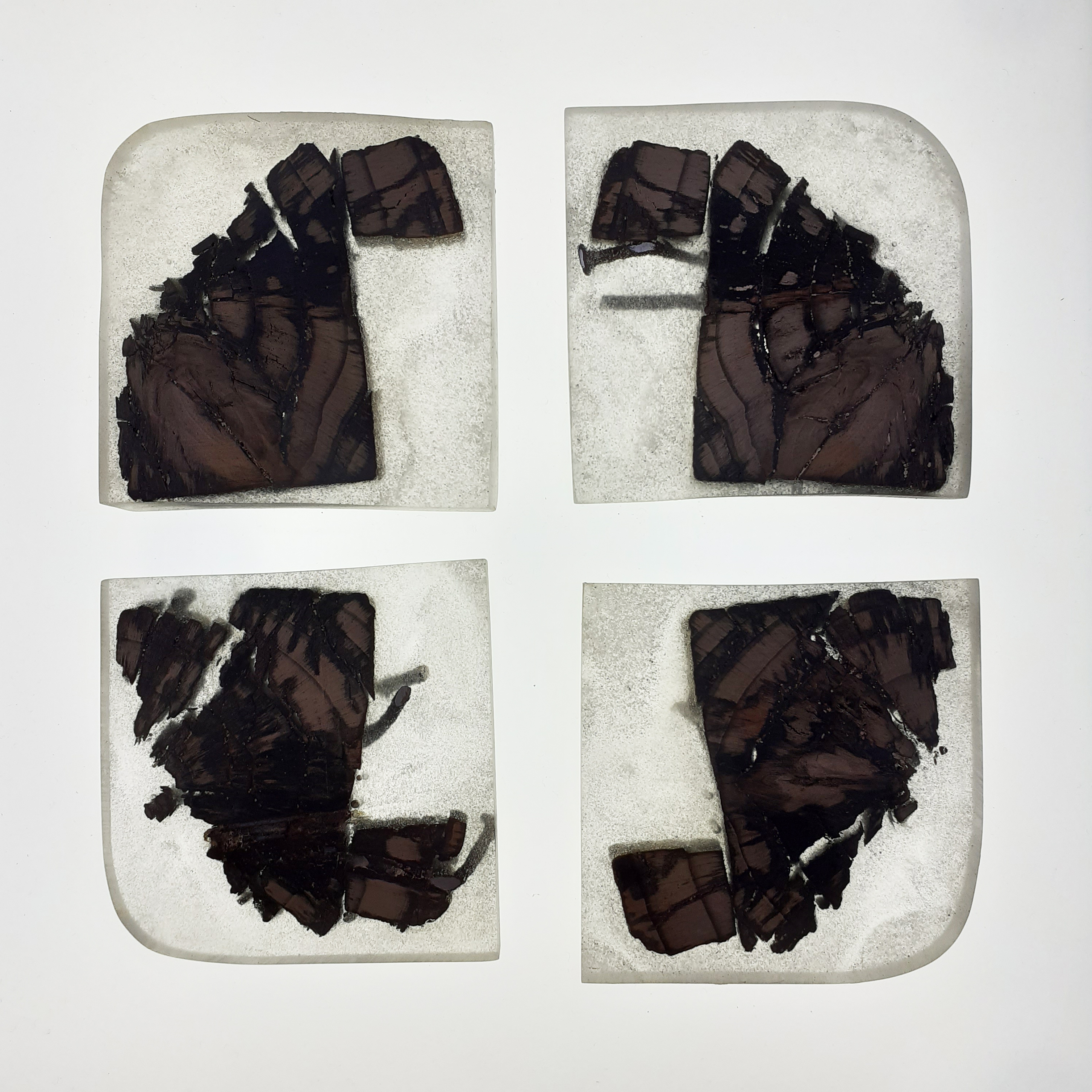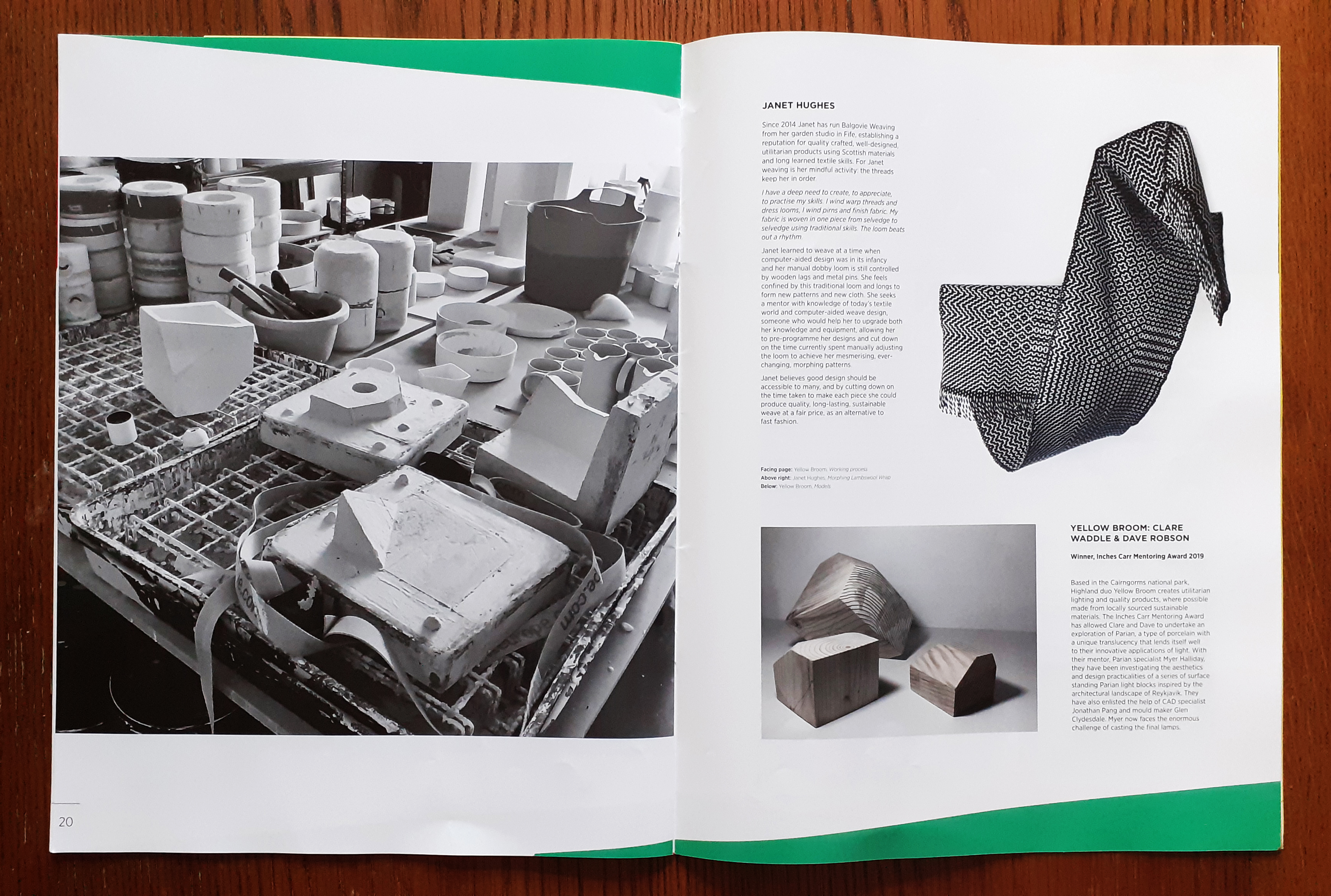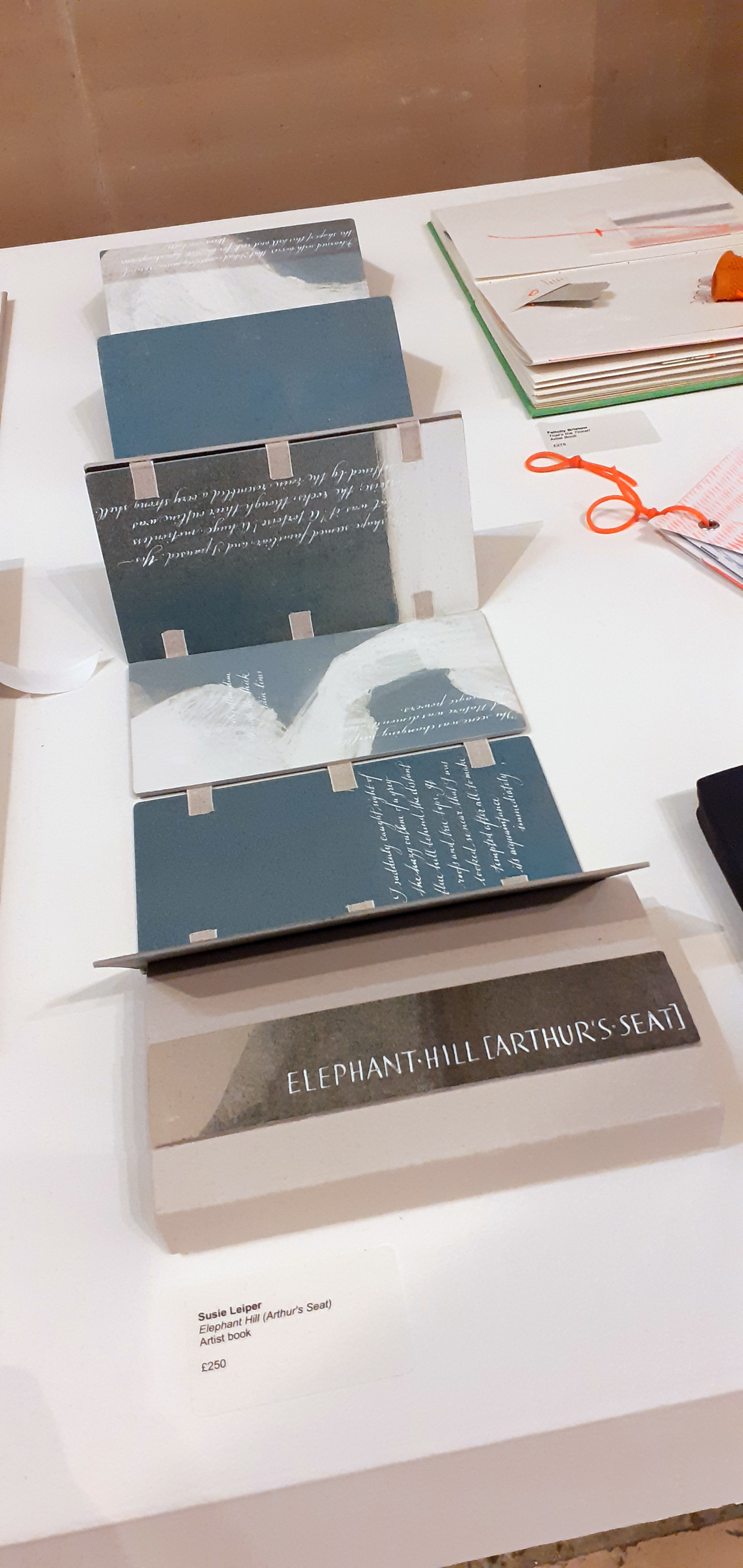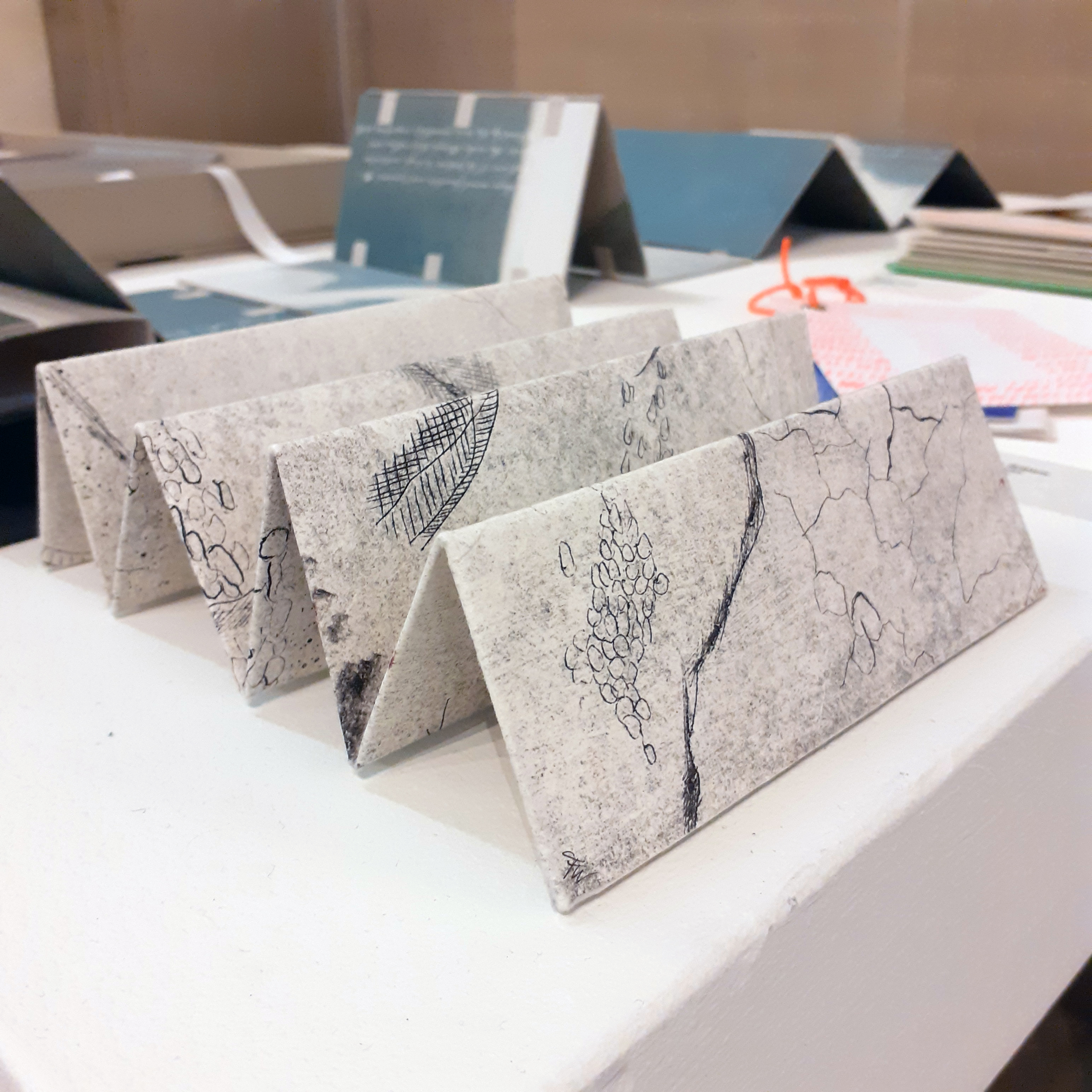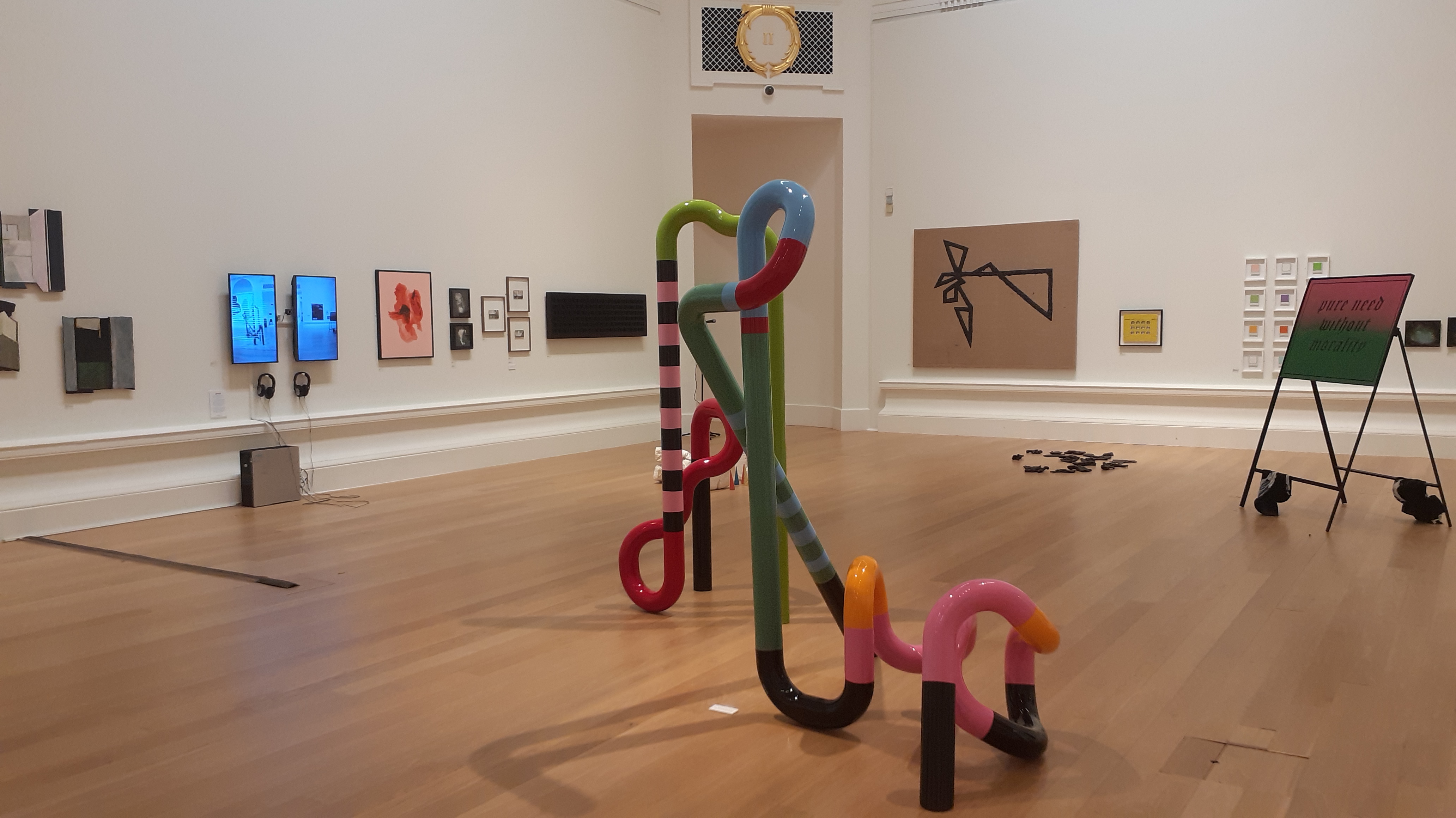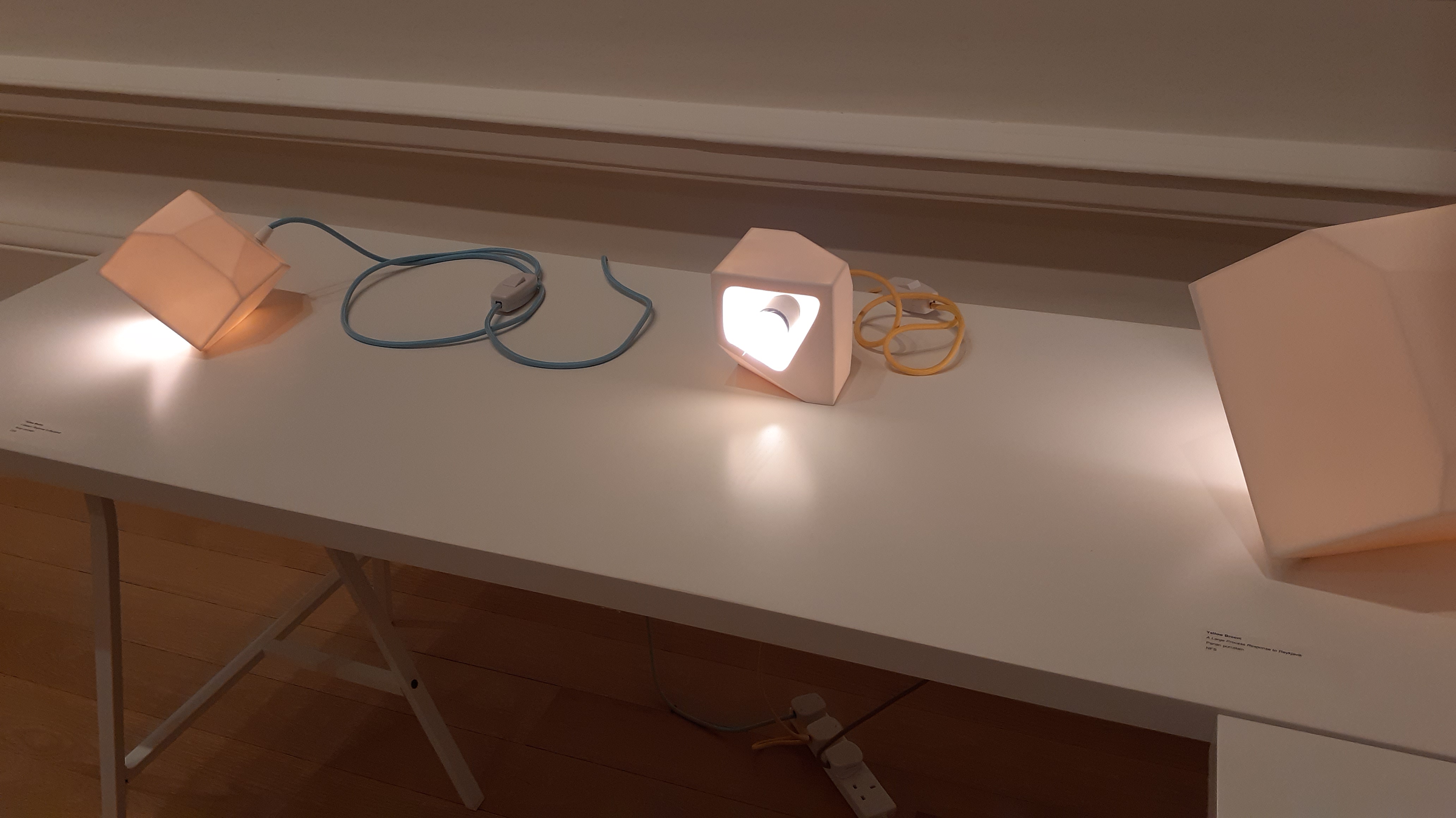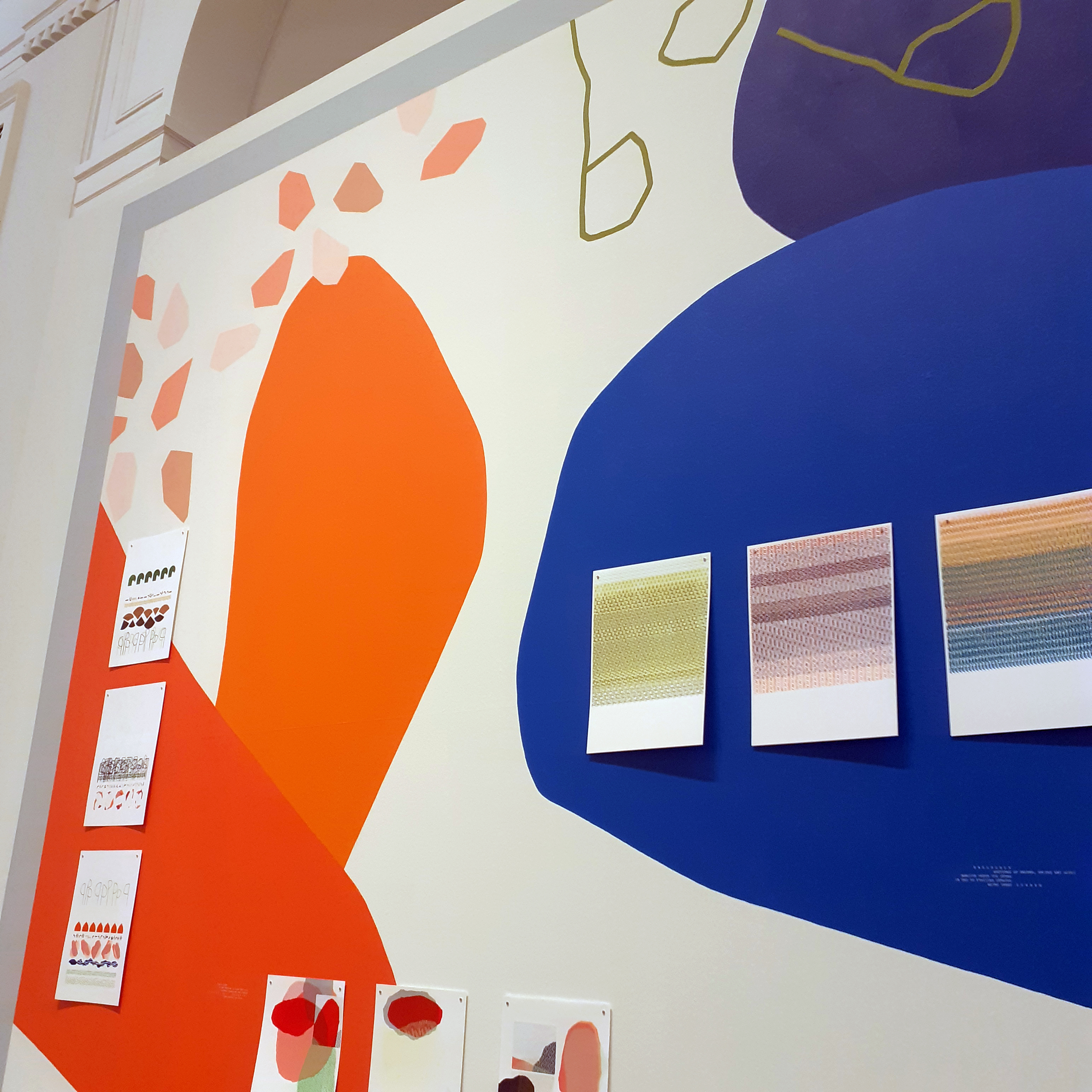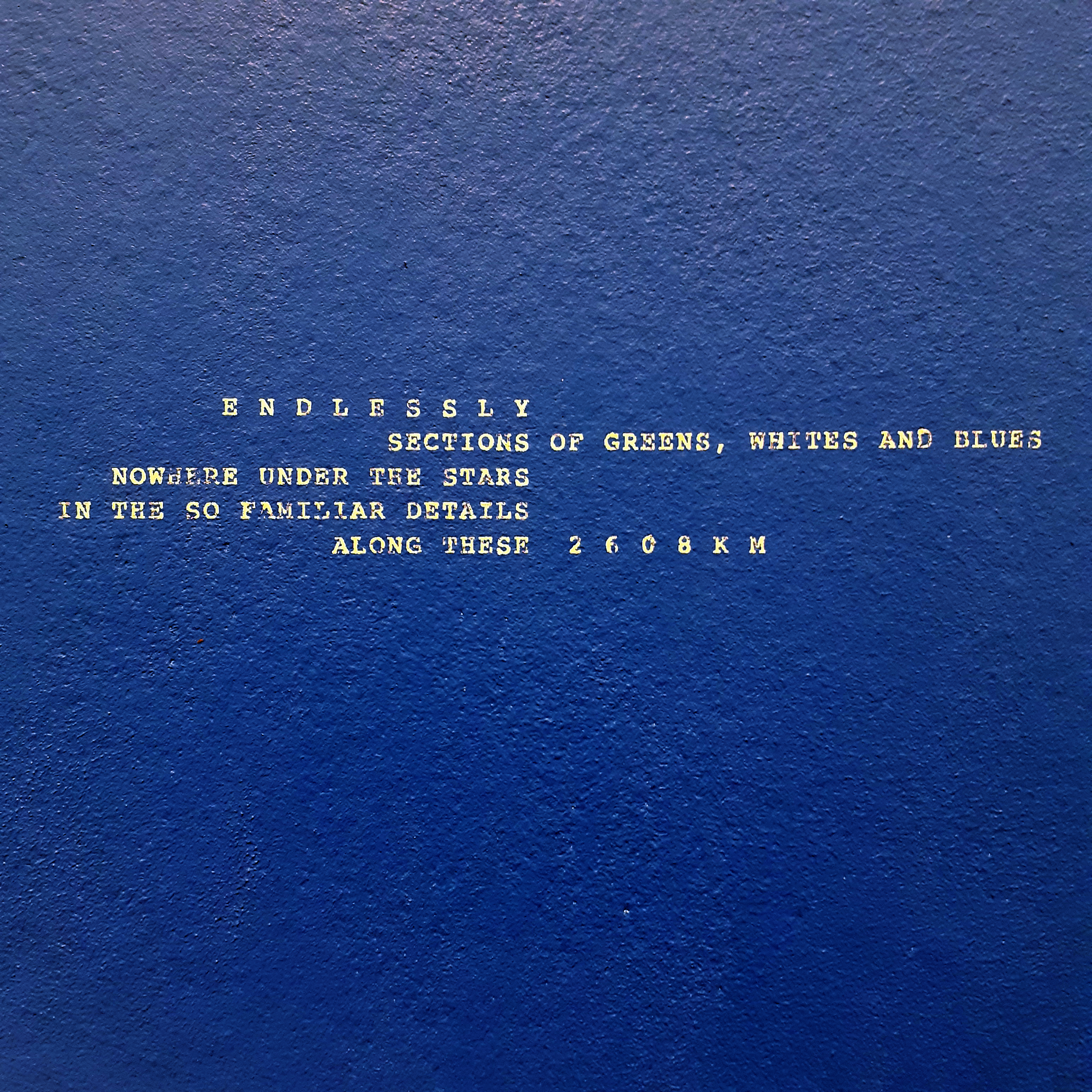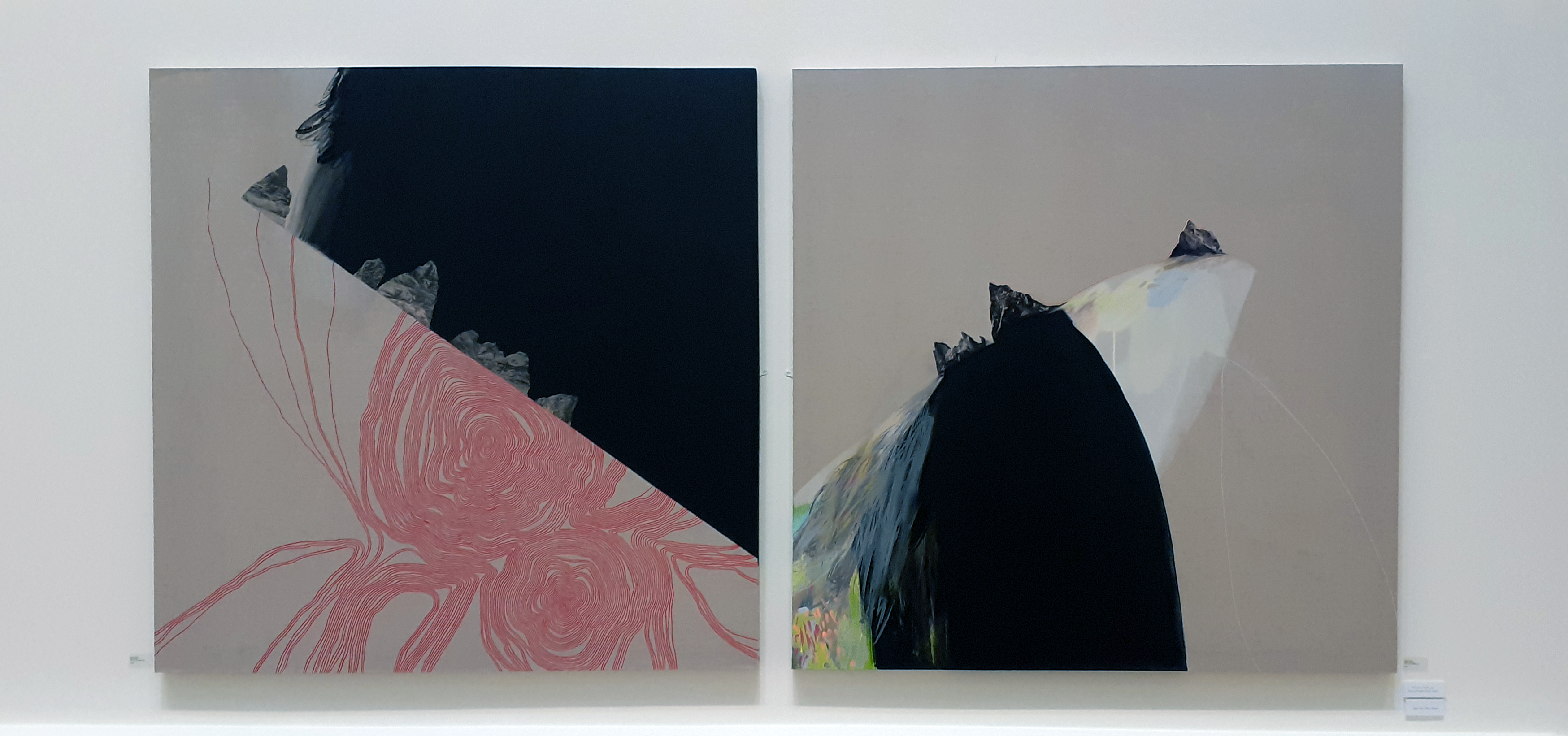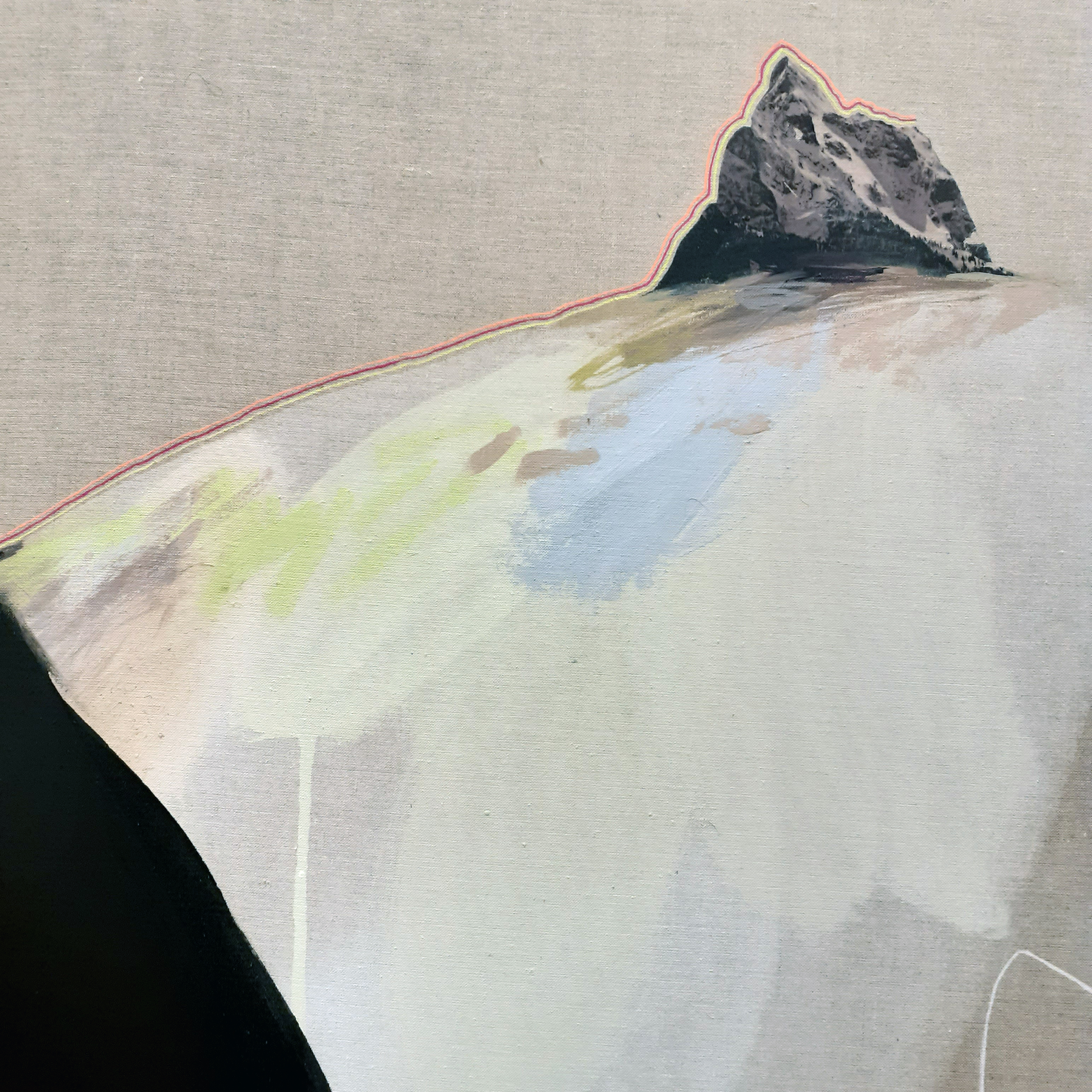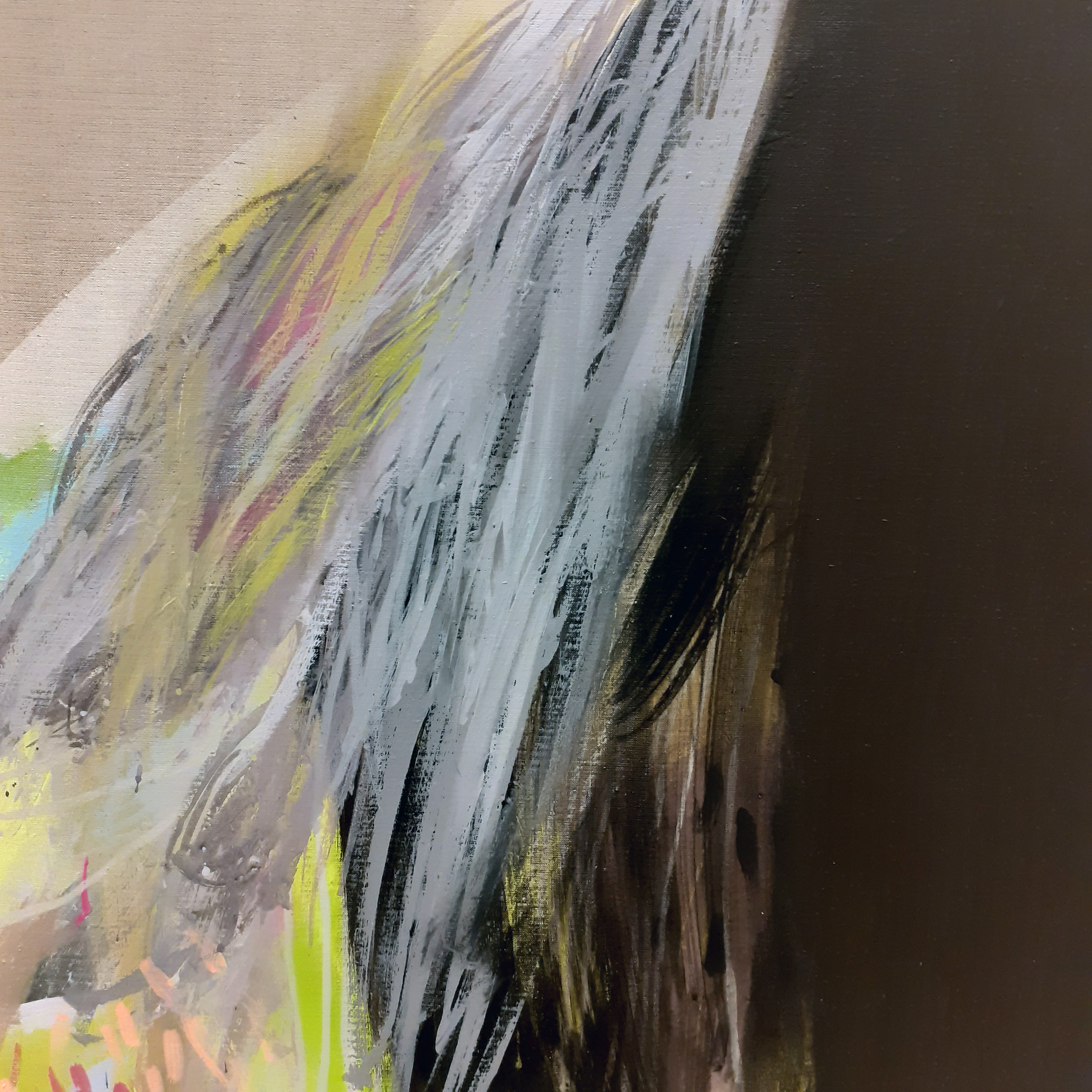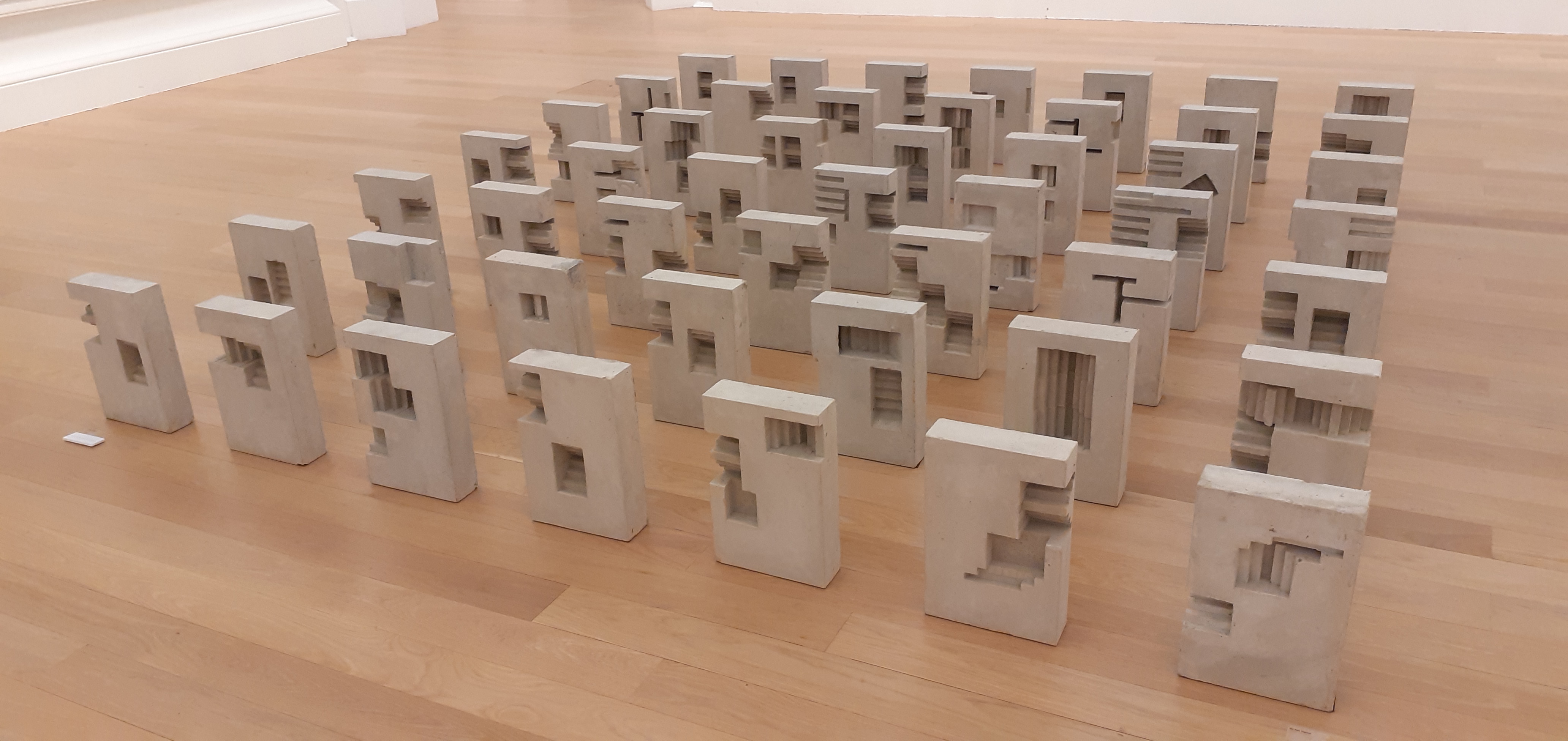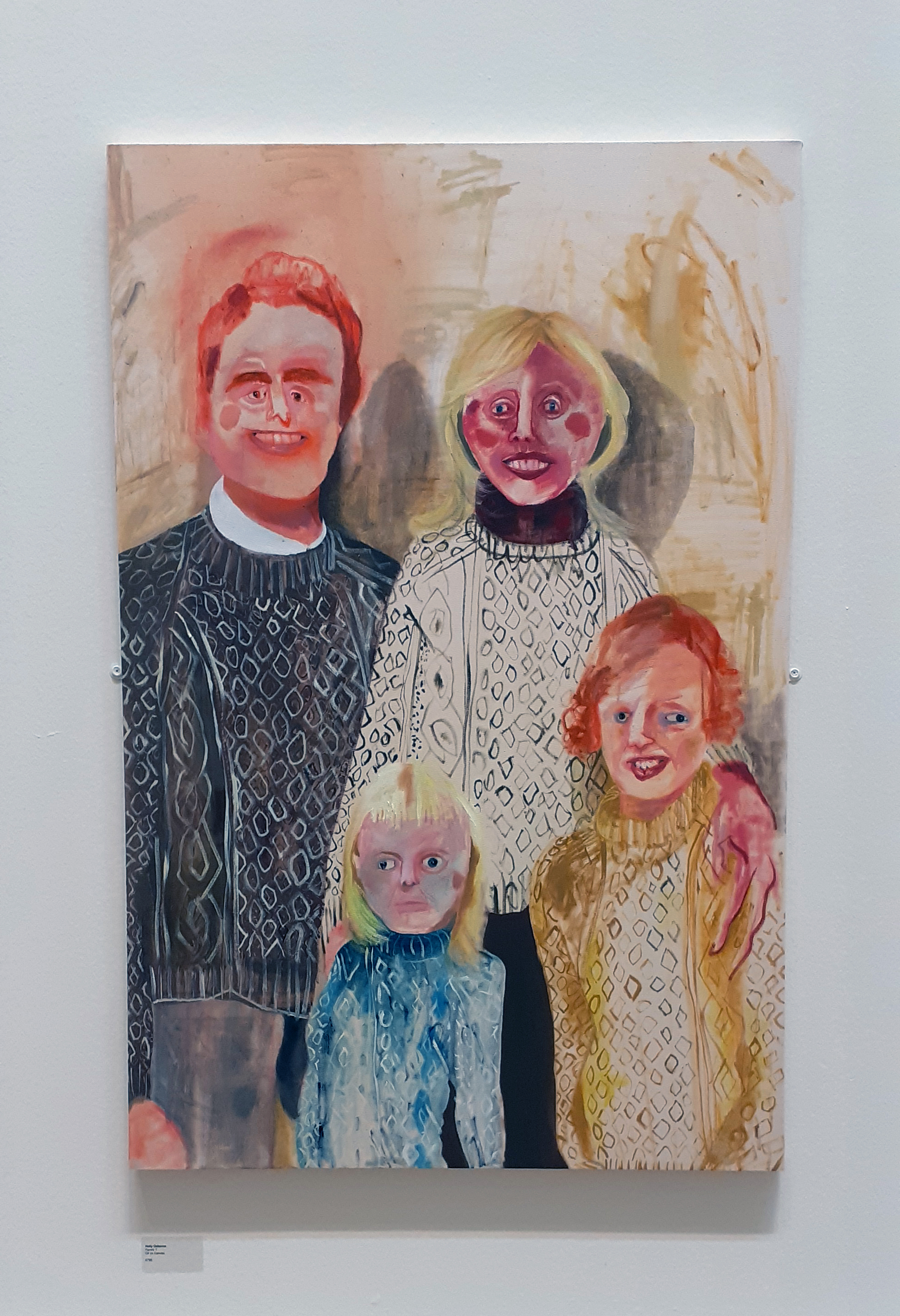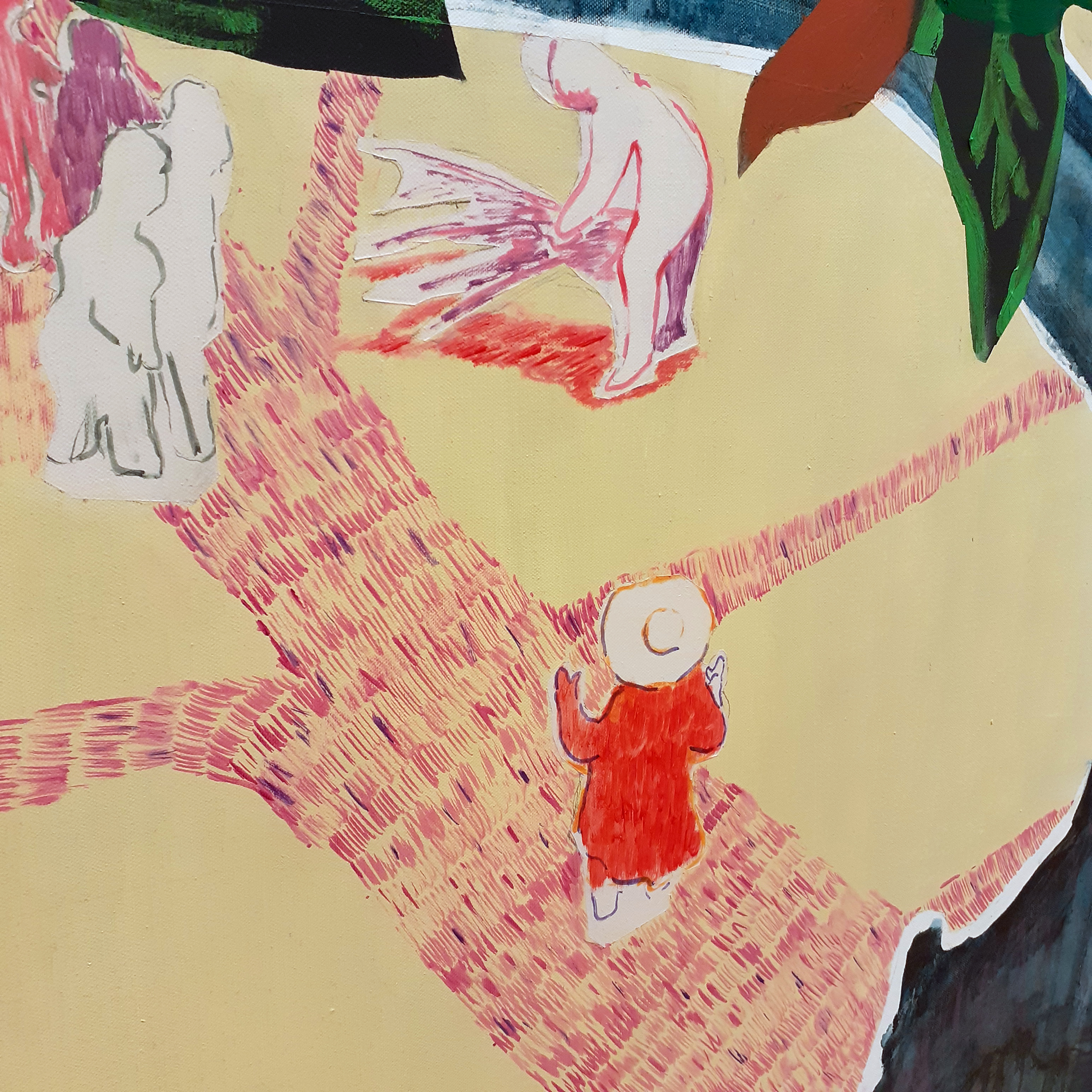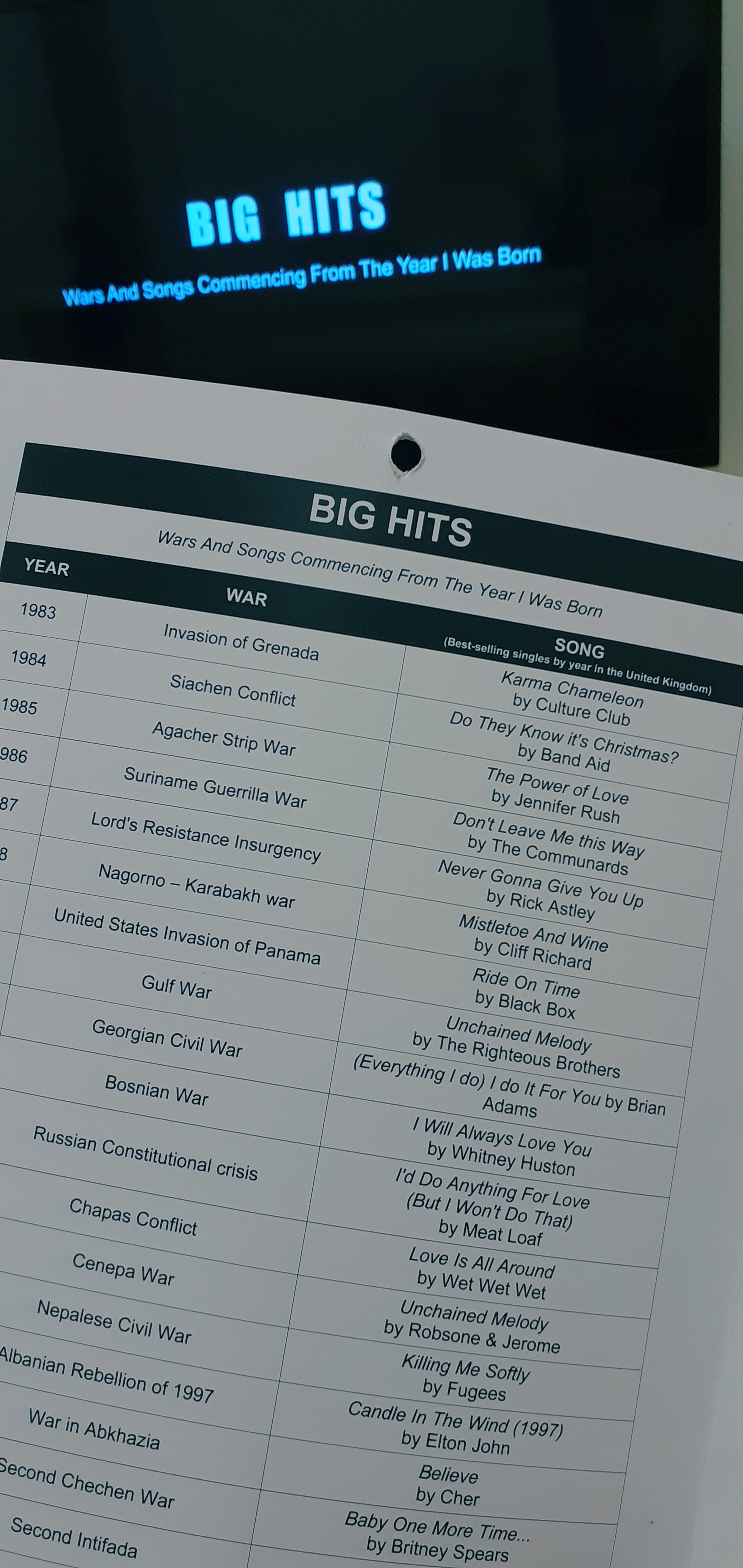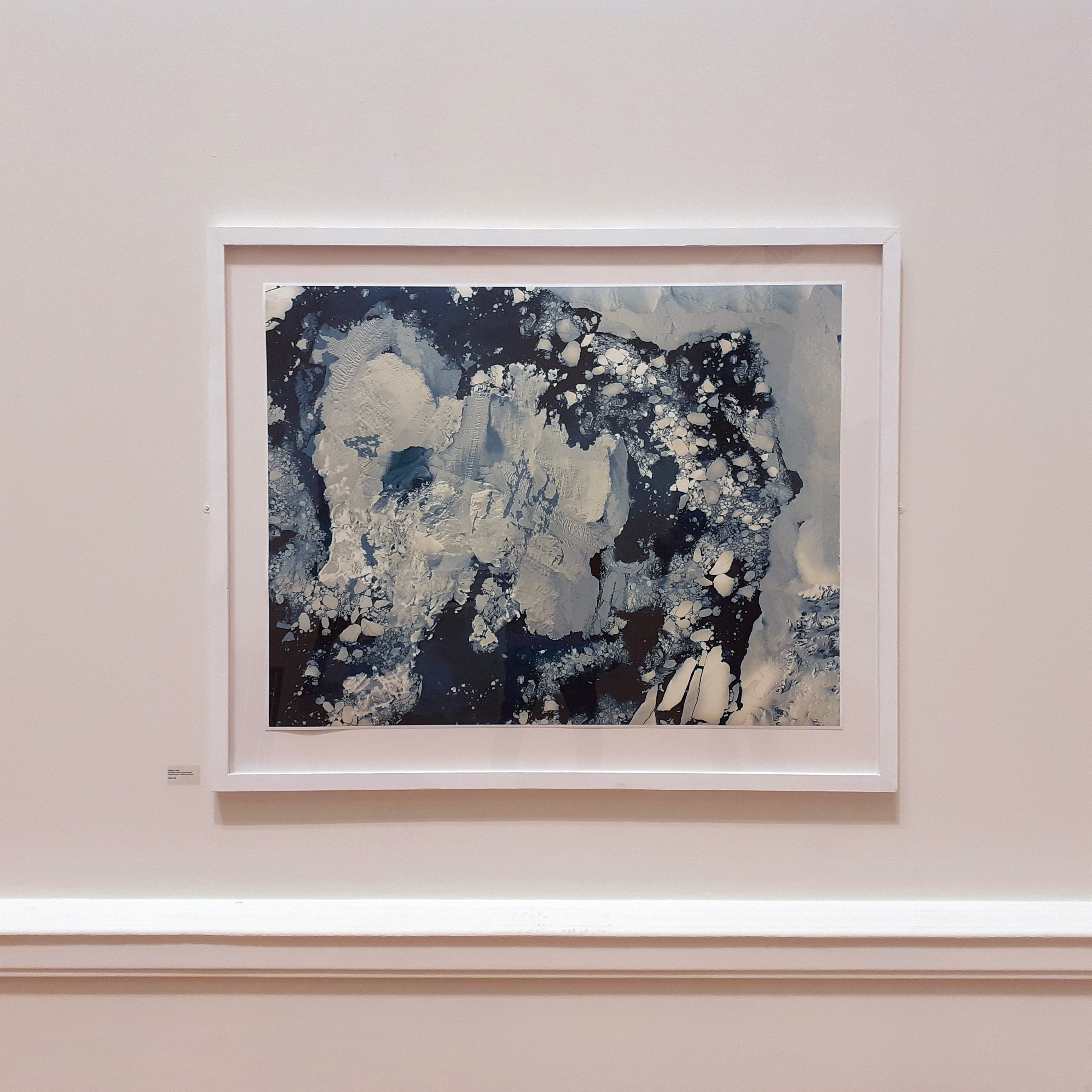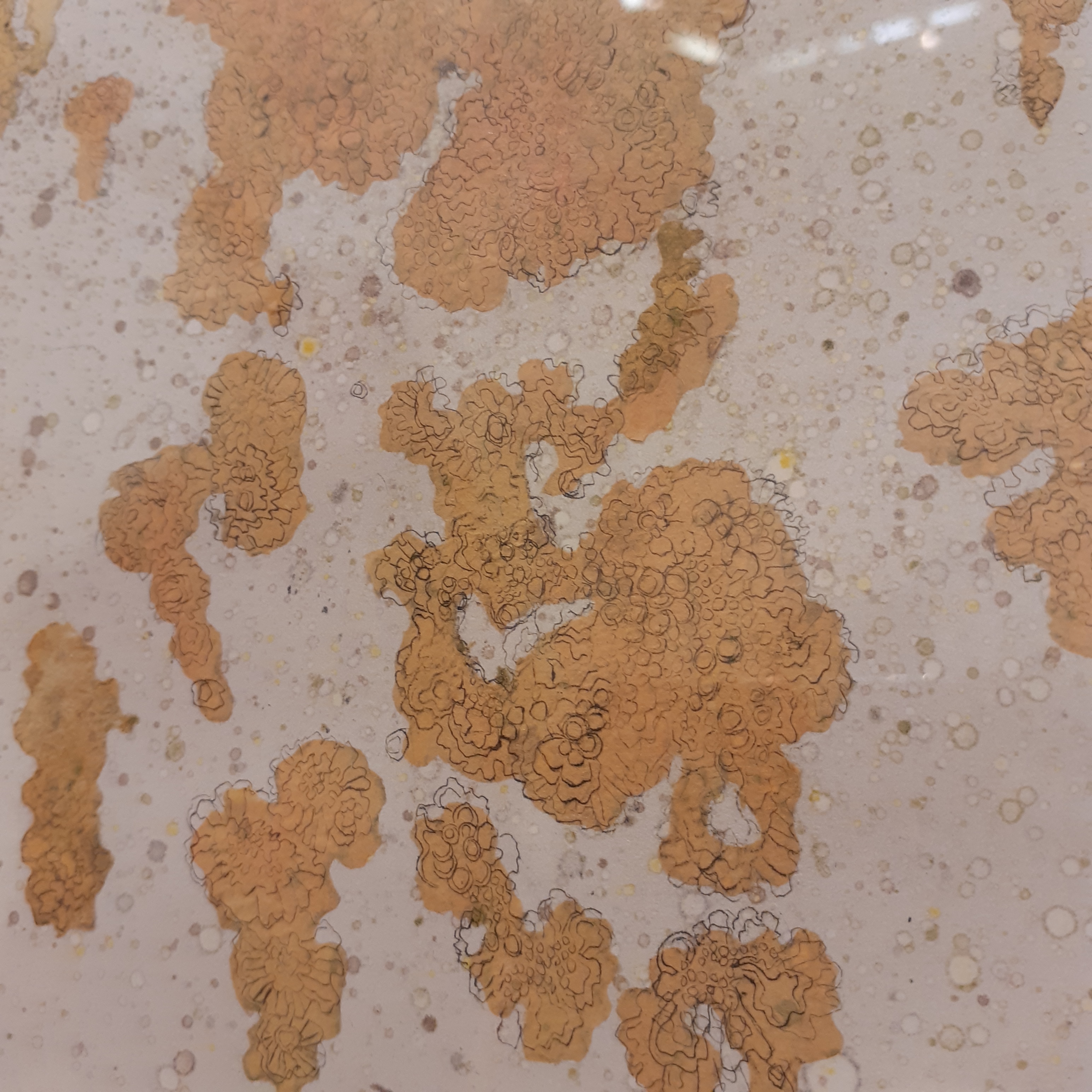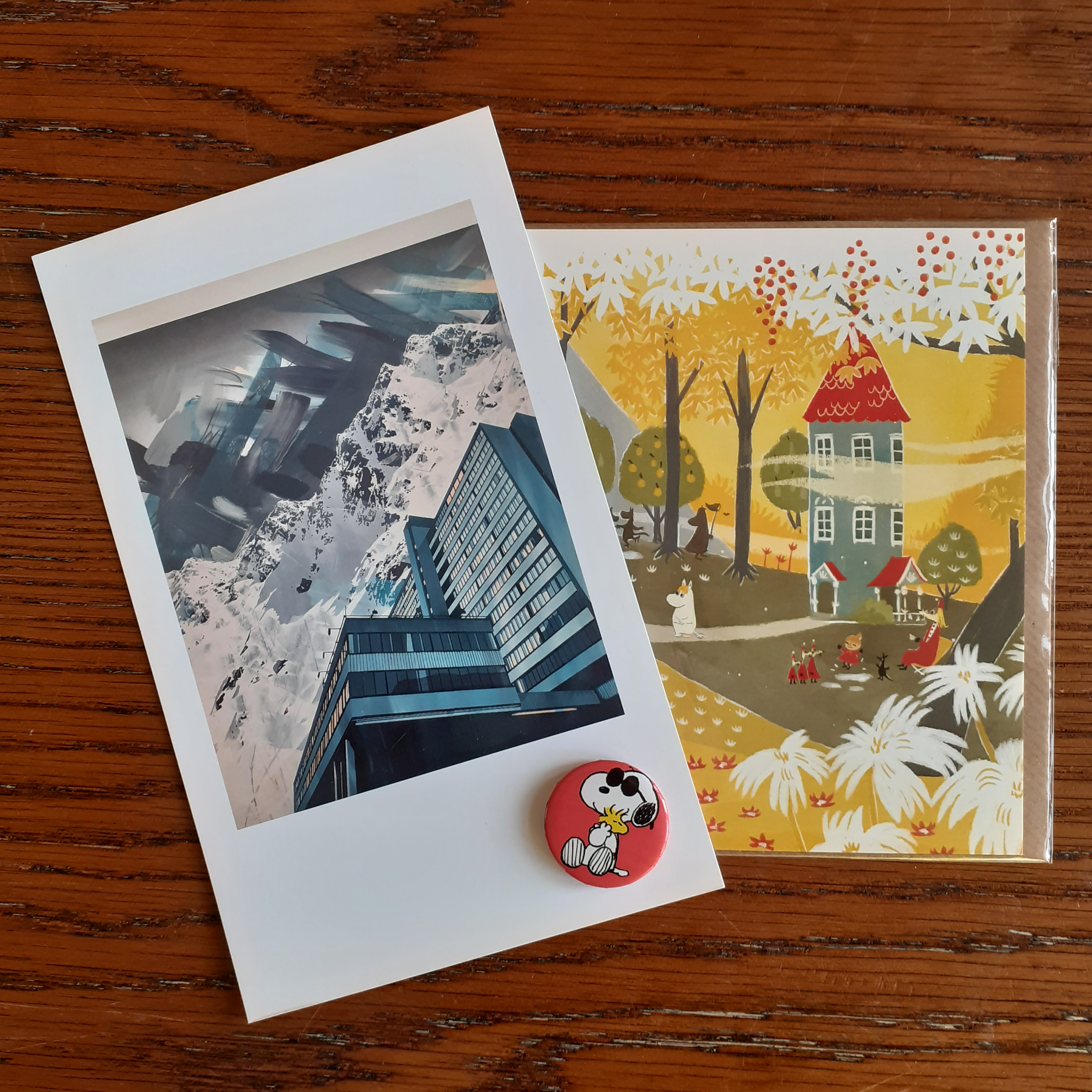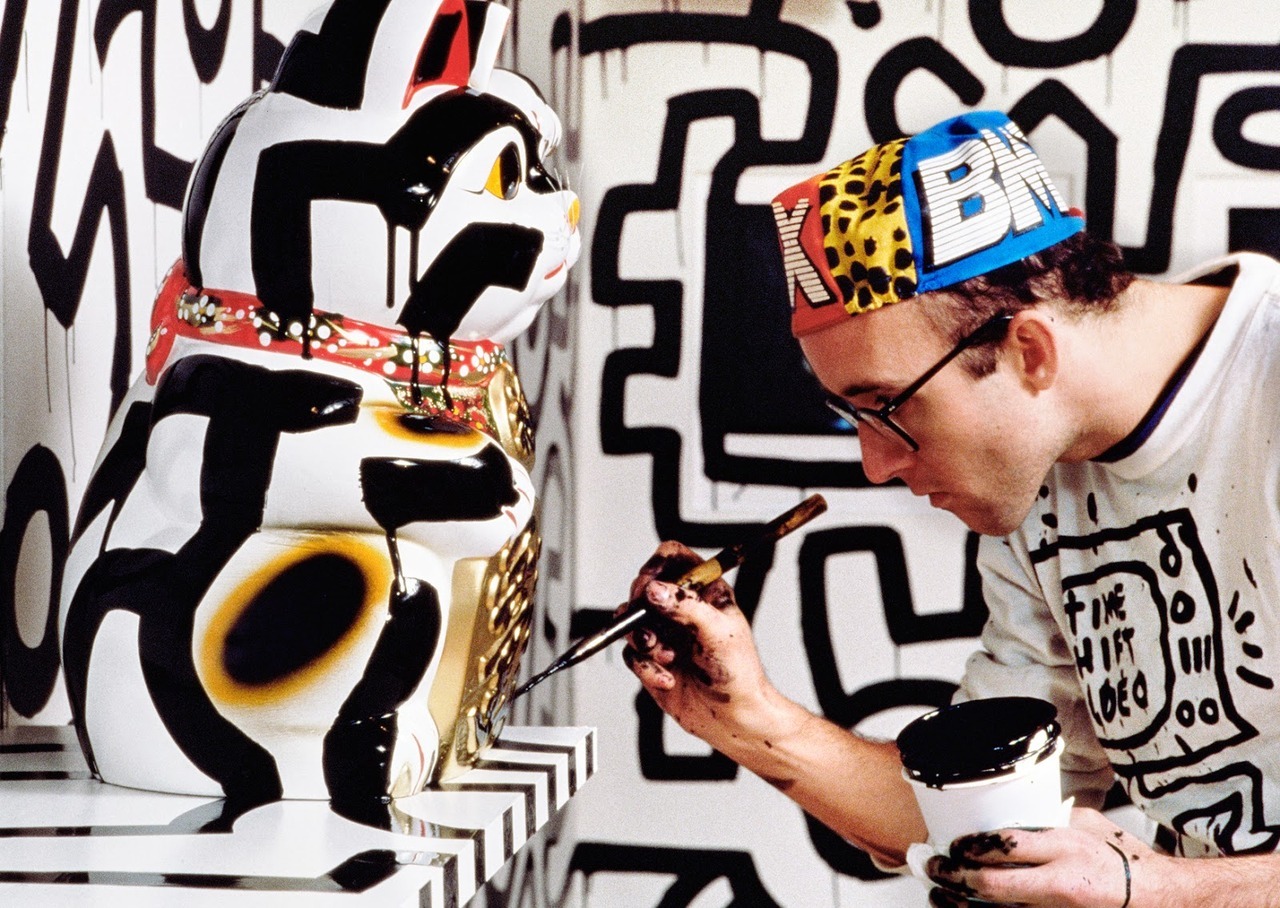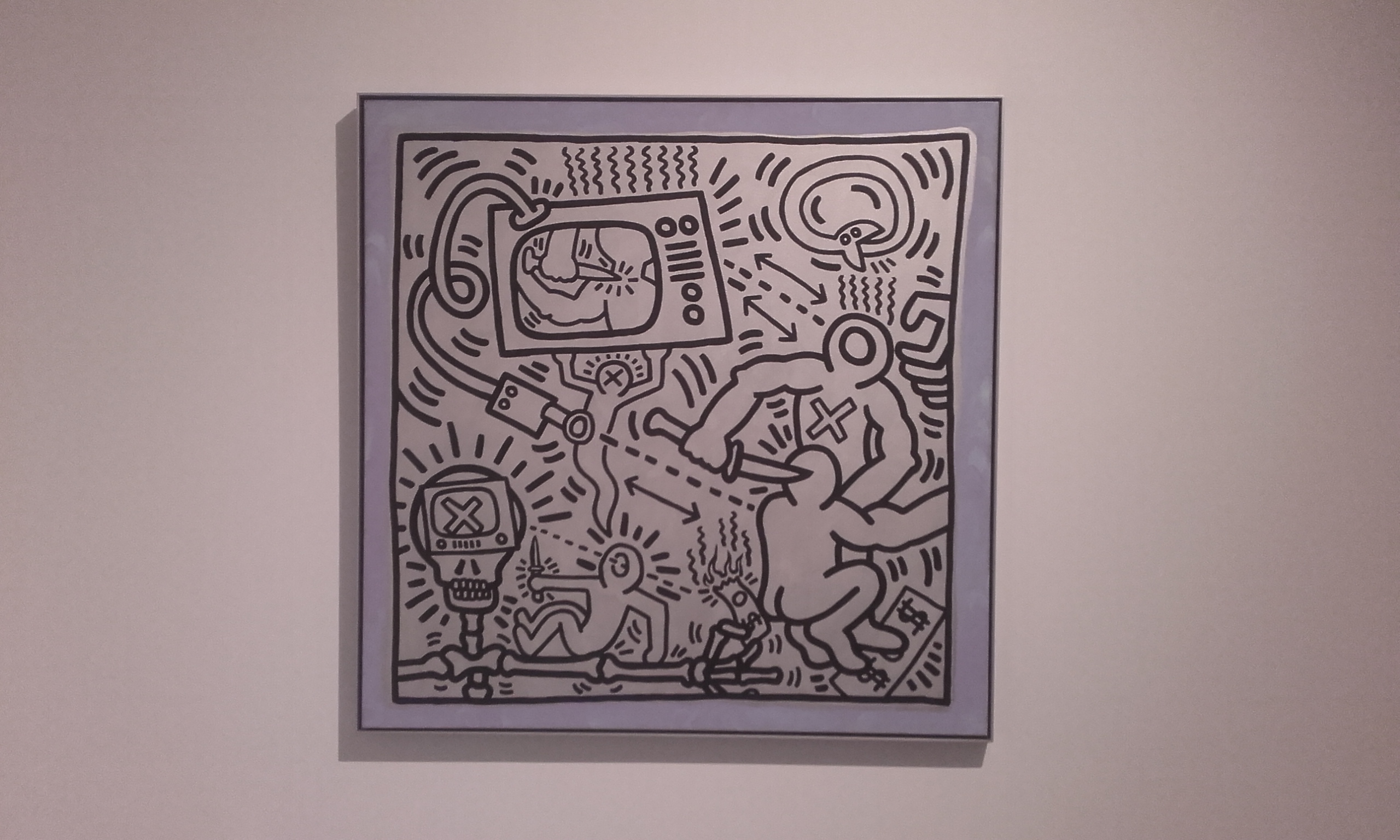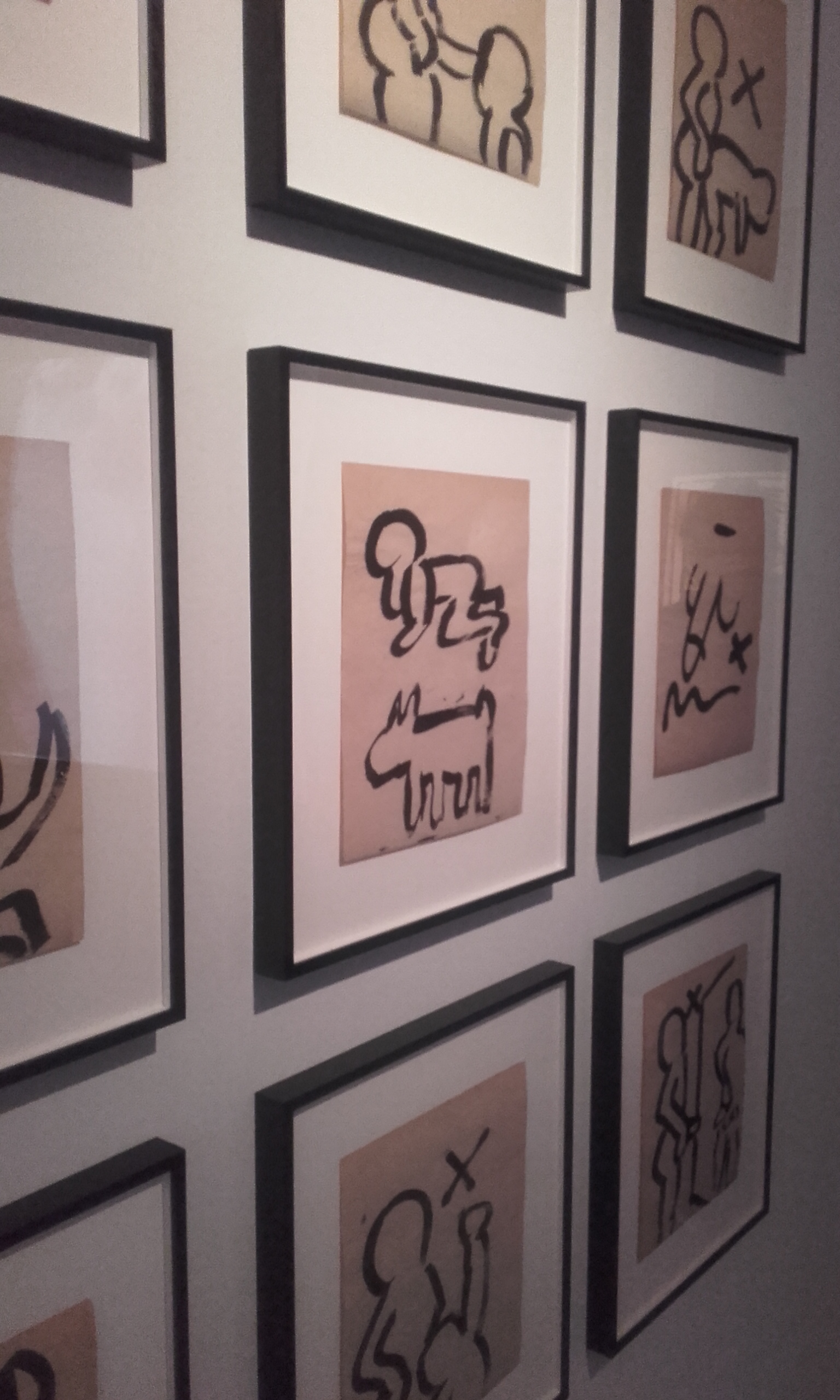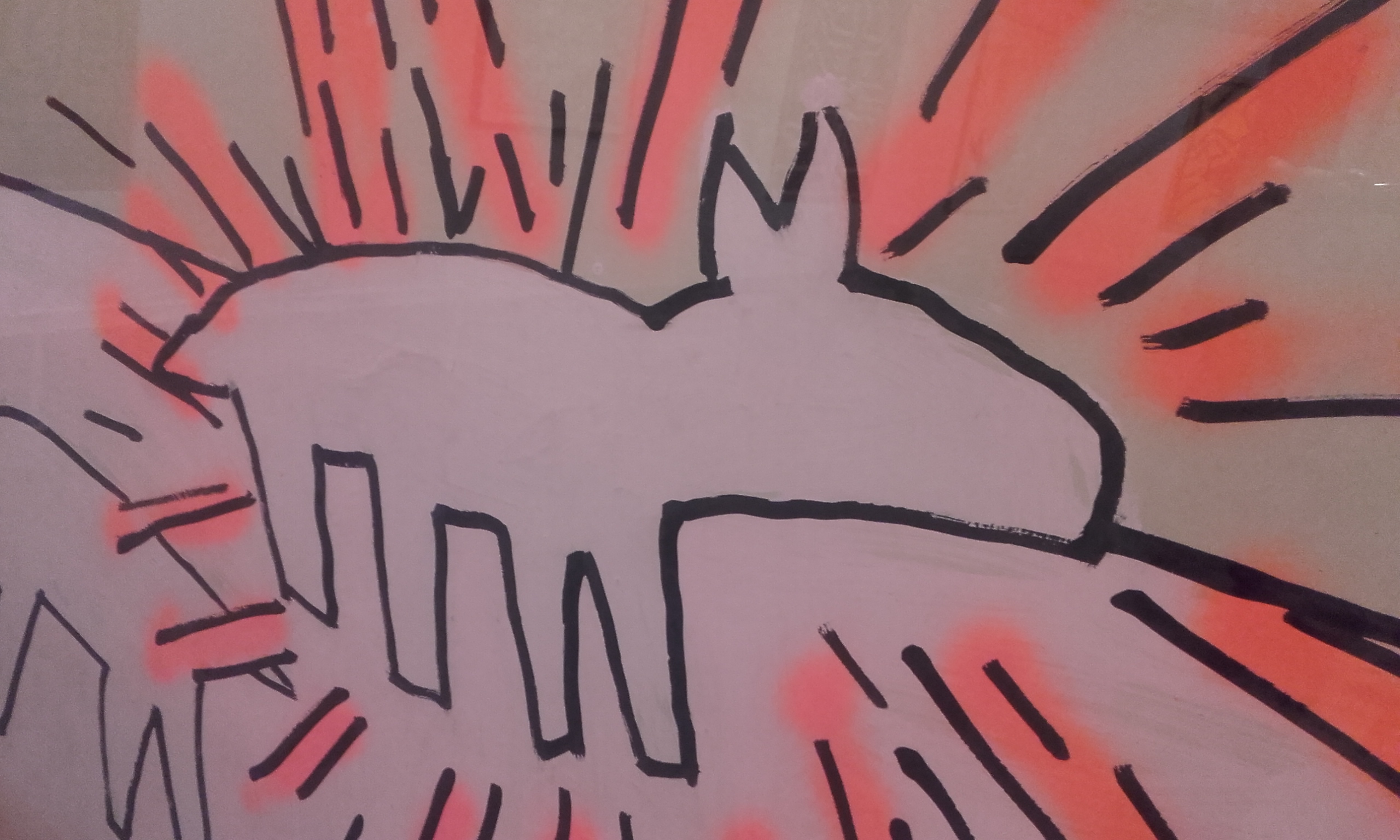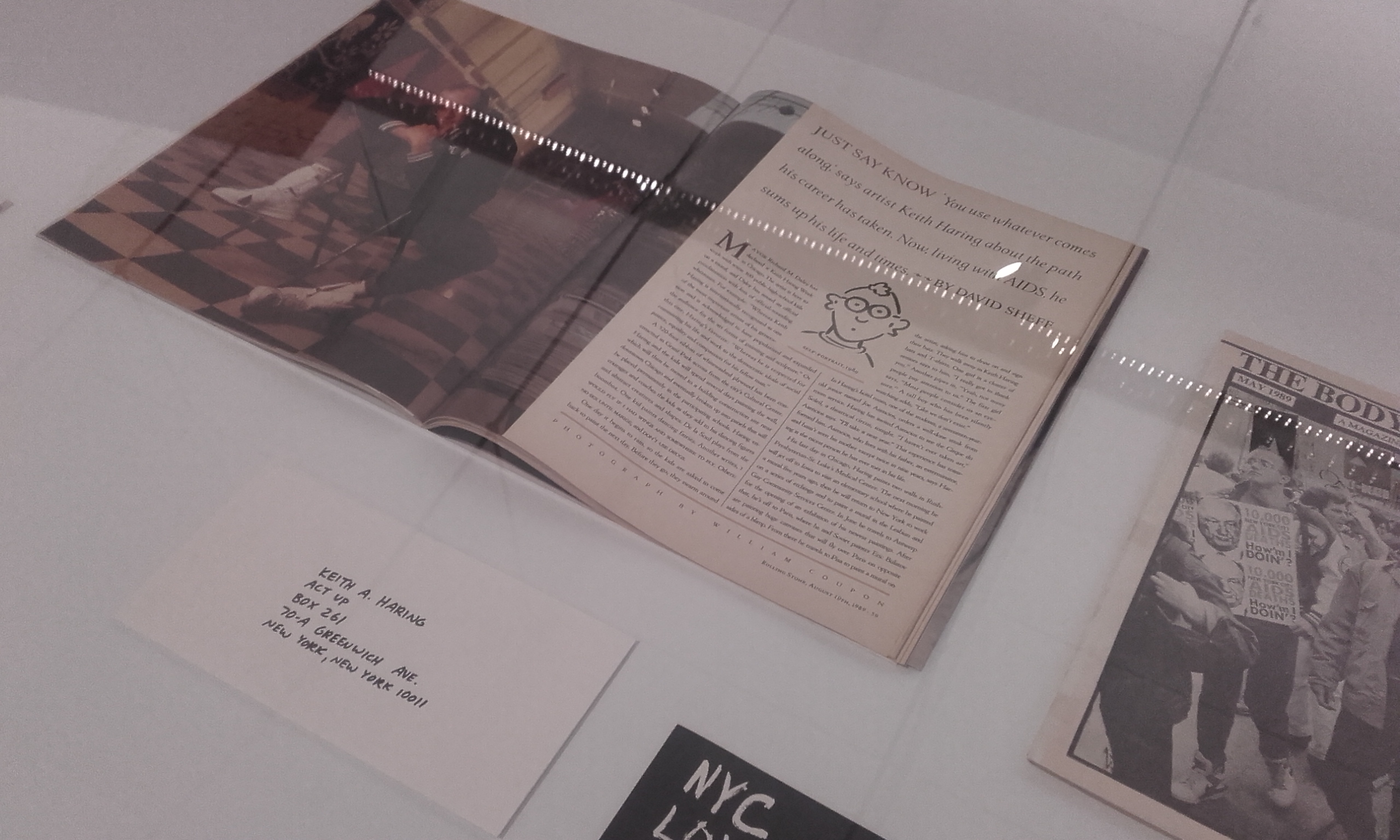I met with a good friend recently, and we made a trip to the BALTIC art gallery in the quayside of Gateshead (north east of England). It is free entry. Galleries are good spaces to spend your time on a rainy day.
For those who do not know of the BALTIC Centre for Contemporary Art, it’s a multi-floored art gallery, redeveloped from a flour mill. You can read about the art gallery’s history on their own website here.
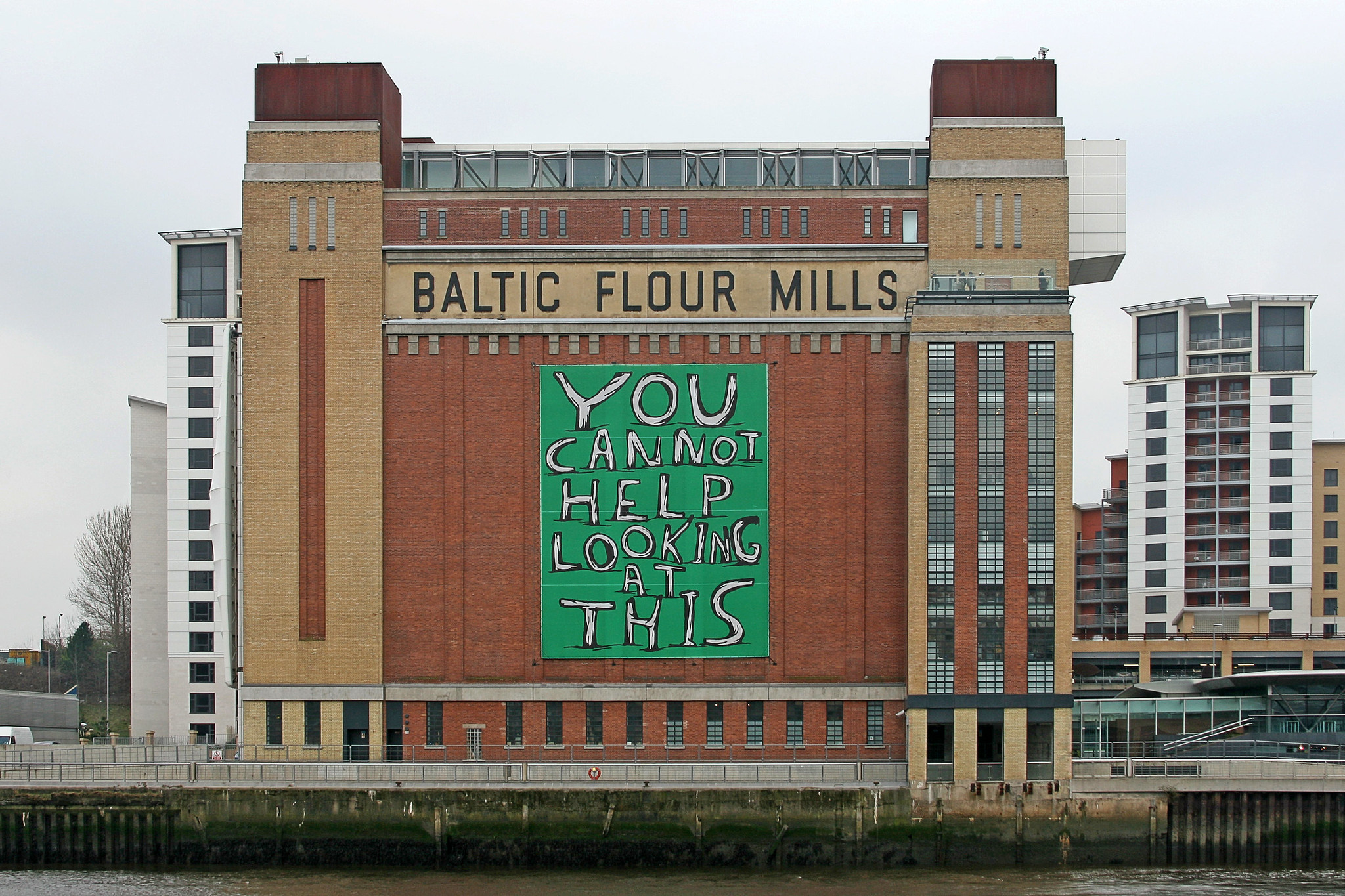
I took my time to soak in the contemporary art pieces and I very much enjoyed the atmosphere of the shared space; everyone brought together from their drive to enjoy art. I have some photographs to share of Laleh Khorramian‘s work that was part of The Vasseur Baltic Artists’ Award. It was the only exhibition that I took any photographs of, but not the only space that I found myself contemplating or reacting to.
Laleh Khorramian is an artist from Iran, who presently lives in New York, America. The Baltic’s own website describes her work as “…using the ordinary to portray the epic, the universal and the transient, in a search for worlds beyond our own”. In the exhibition there are pieces created by drawing, printing, collage, and painting.
These pieces below are three of Khorramian’s tapestries, of which are created from a wide variety of materials, including: velvet, silk, cotton, and hand-dyed fabrics. They showcase the artist’s collage and quilting skills. The tapestries lead me to a mediative state – being almost overwhelming when trying to focus on each one in their entirety. It was good to take time to contemplate each element of the grander picture.

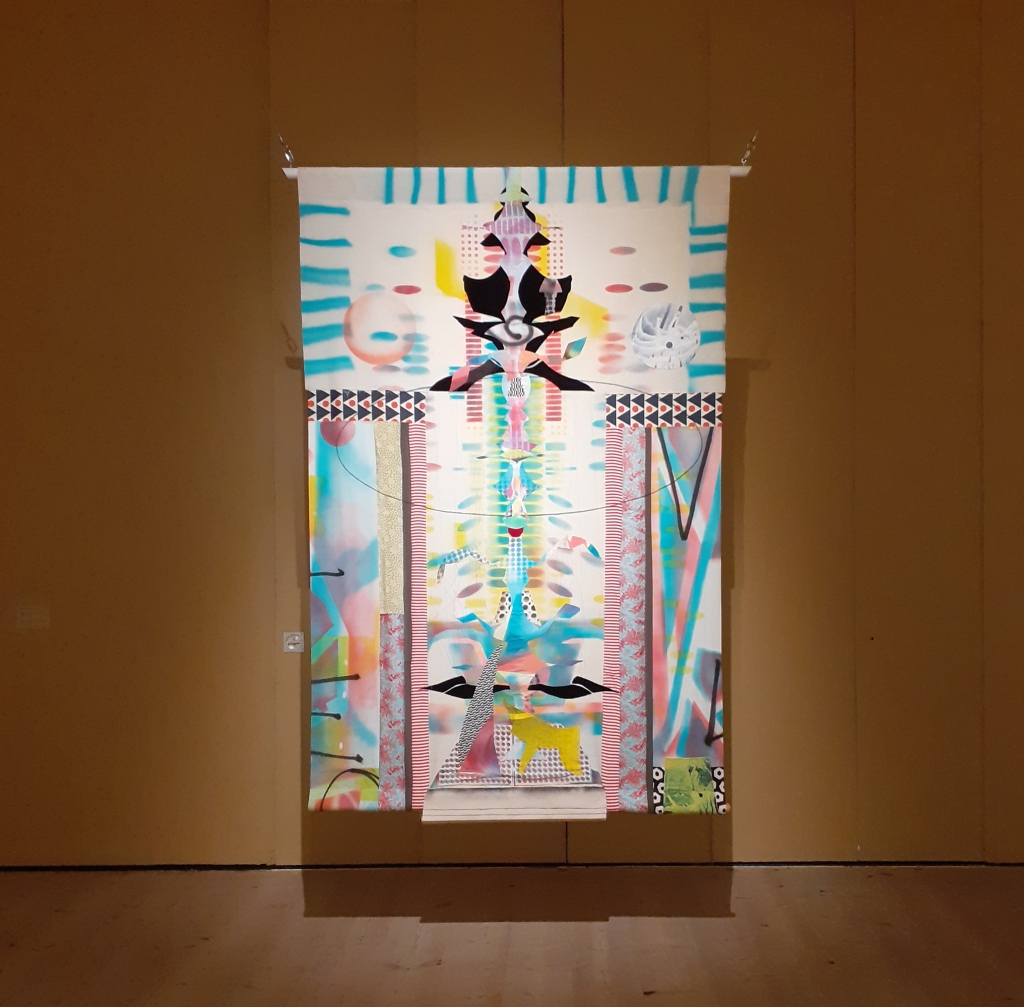
The following images are of Laleh Khorramian’s light box installations. They use an extensive variety of mediums, being: oil paint, spray paint, polypropylene, coloured gels, Plexiglass, LED modules, African mahogany, pine, aluminium, and lacquer.

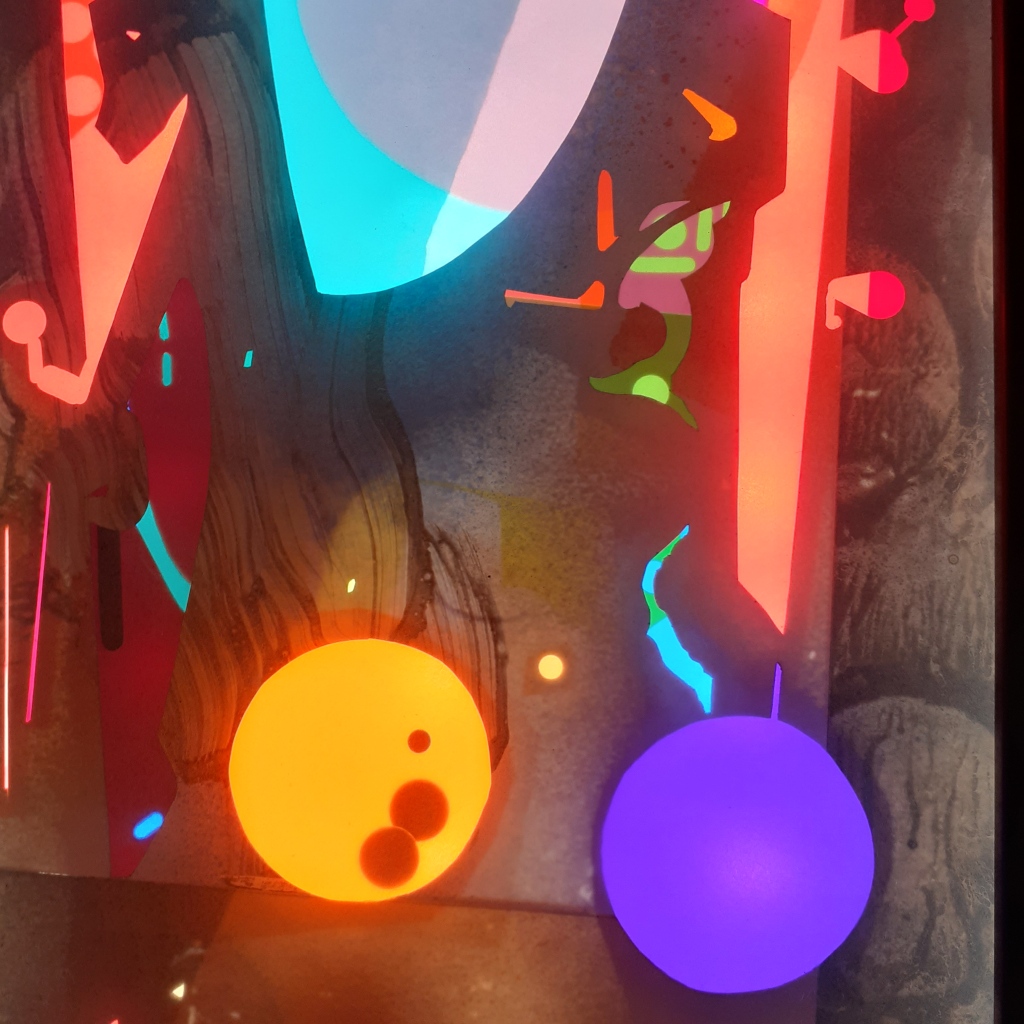
The leaflet the gallery provided descries the light boxes as so:
Khorramian’s light boxes feature monotypes connected to cut-out shapes and coloured gels. These improvisations of colour and light radiate like stained glass windows. The trapezoidal window series (2022) included repeated motifs such as spheres, platted braids, and tree branches. They form a central spine, snaking down the length of each box. With these works, Khorramian invites us to think about origin stories, space and time and the cosmos.
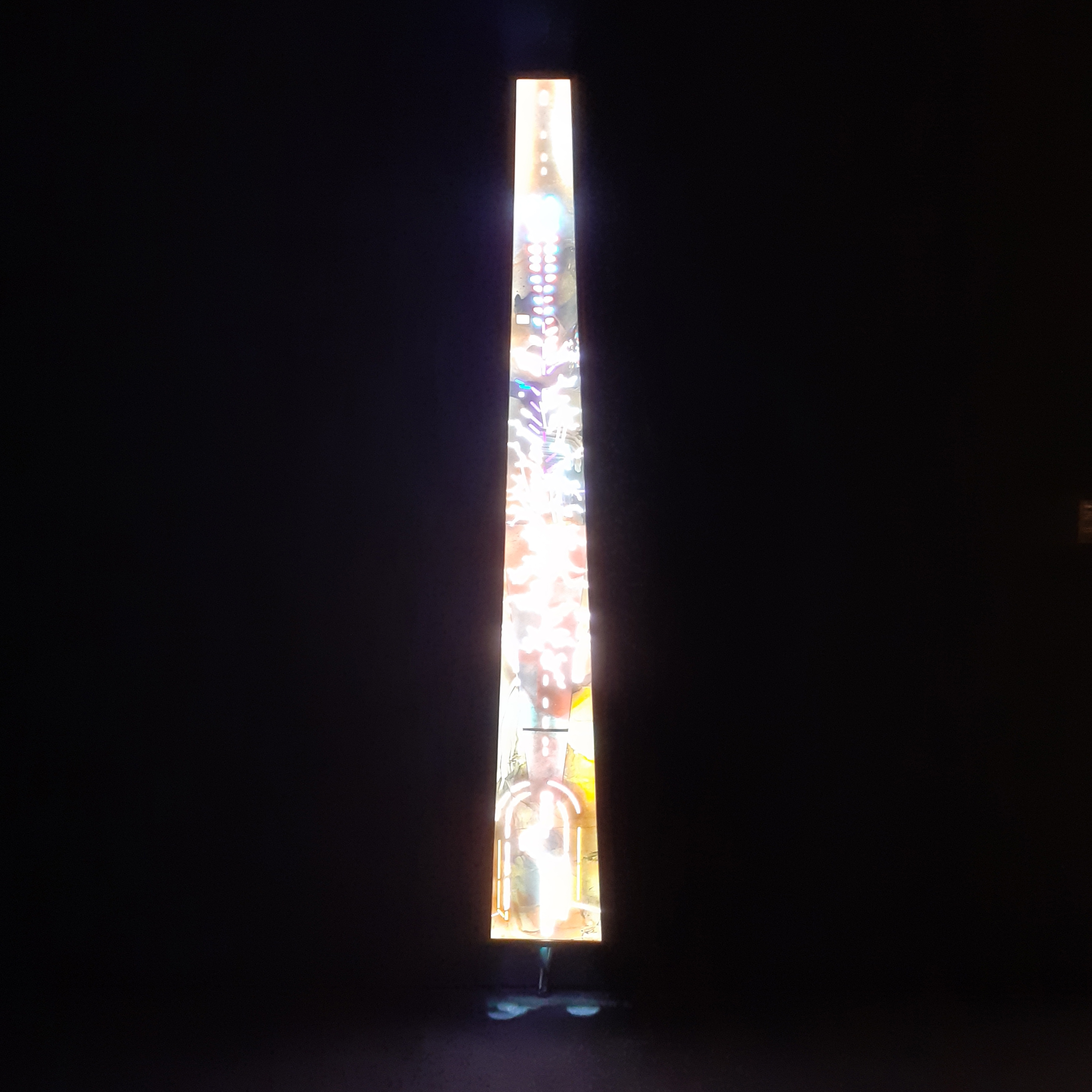
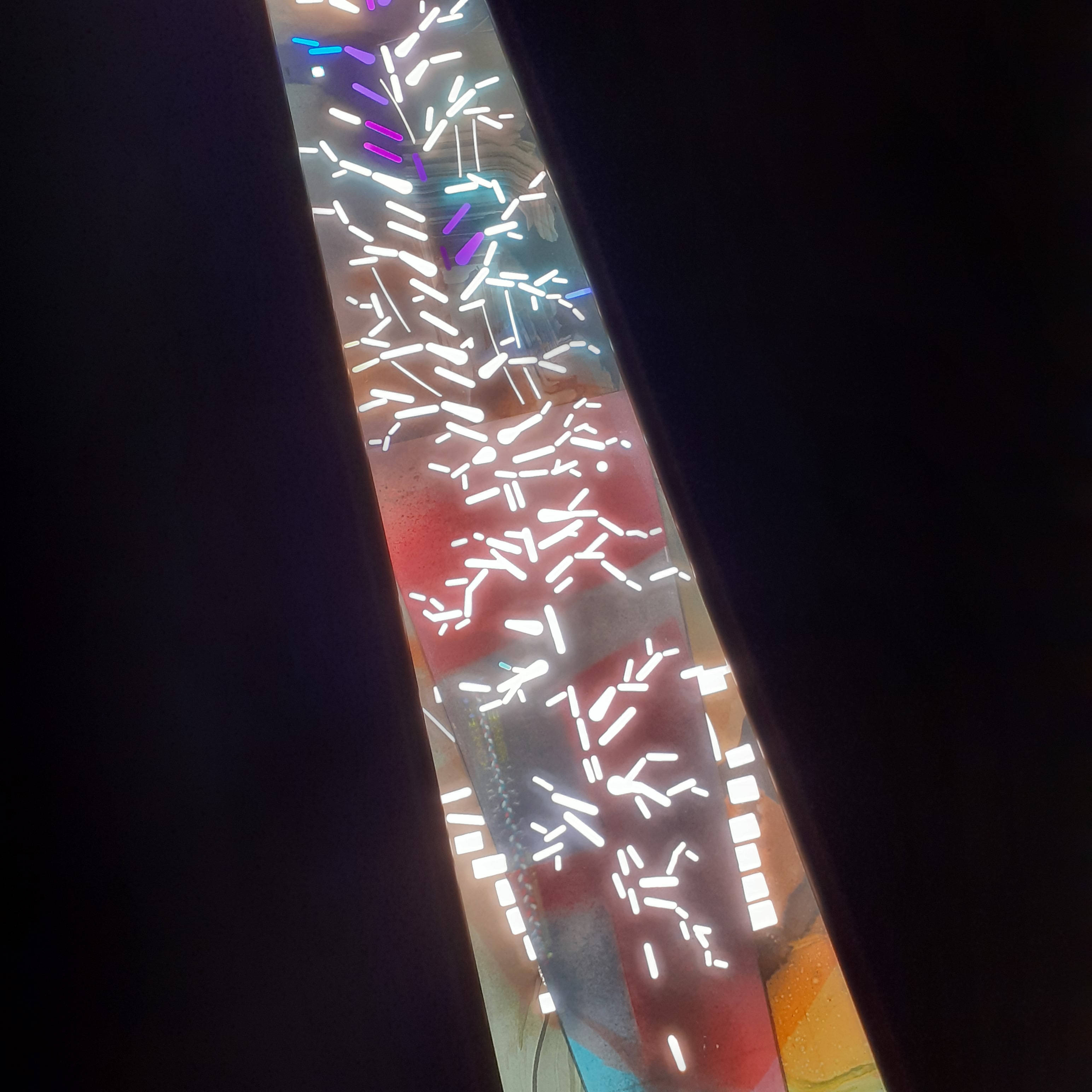
I enjoyed the trapezoidal series, and very much enjoyed the work Fontanelle at the back of the gallery; a sole window in an otherwise dark room, layered with an enlarged monotype. What you make of an artist’s work is entirely up to you. These sorts of installation work are best seen for yourself.
There were three floors with works on at the time of visiting. Actually, two of the elevators were out of operation, so my friend and I used the stairwell and made our way up the gallery one floor at a time. It was good to break up the intensity of the exhibitions with climbing the building in-between each gallery room.
If you are able to visit the Baltic Centre for Contemporary Art, I recommend that you snap up that opportunity to expose yourself to the work inside. The contents of the gallery change regularly. If you want to read BALTIC’s accessibility guide, it can be read here.

